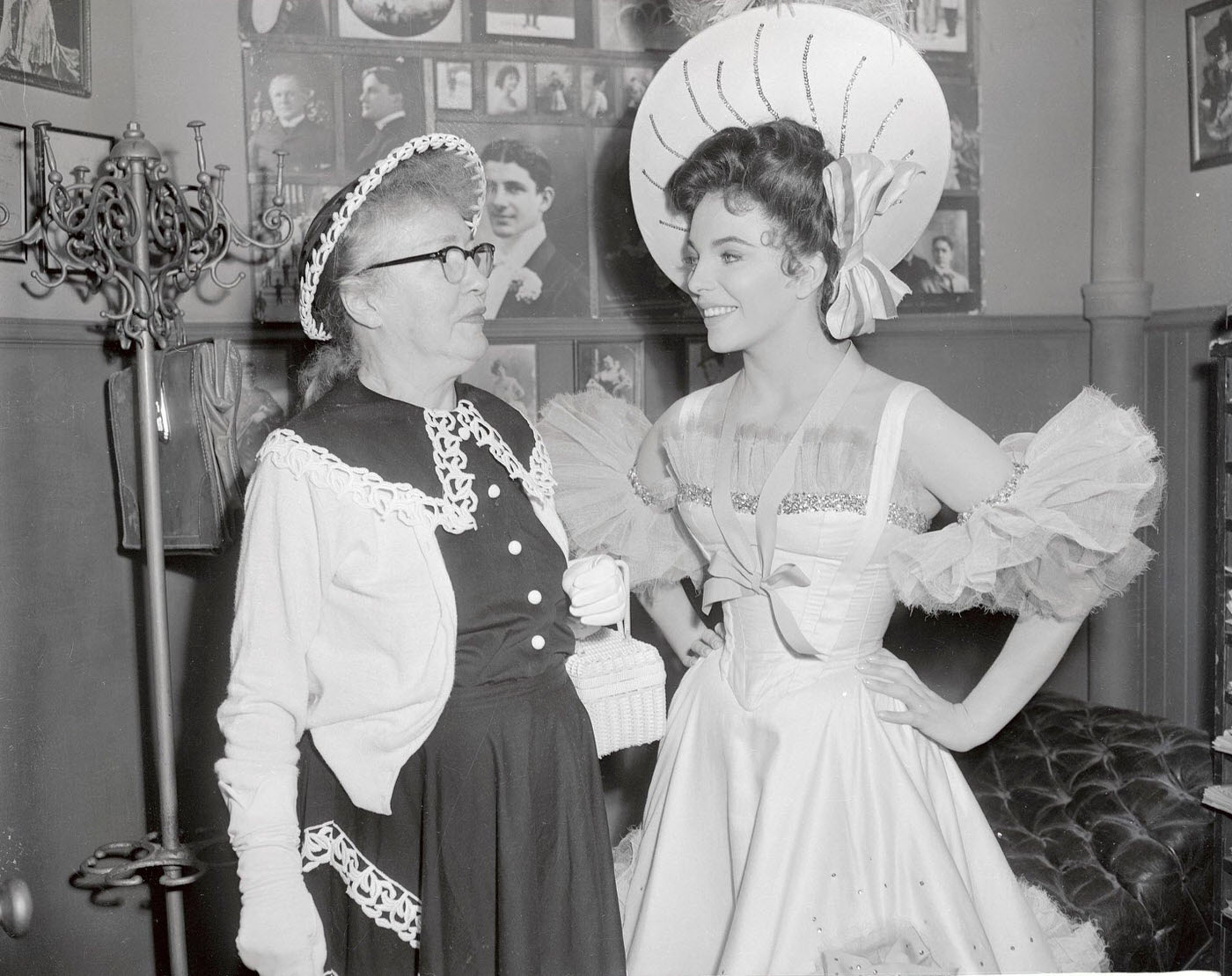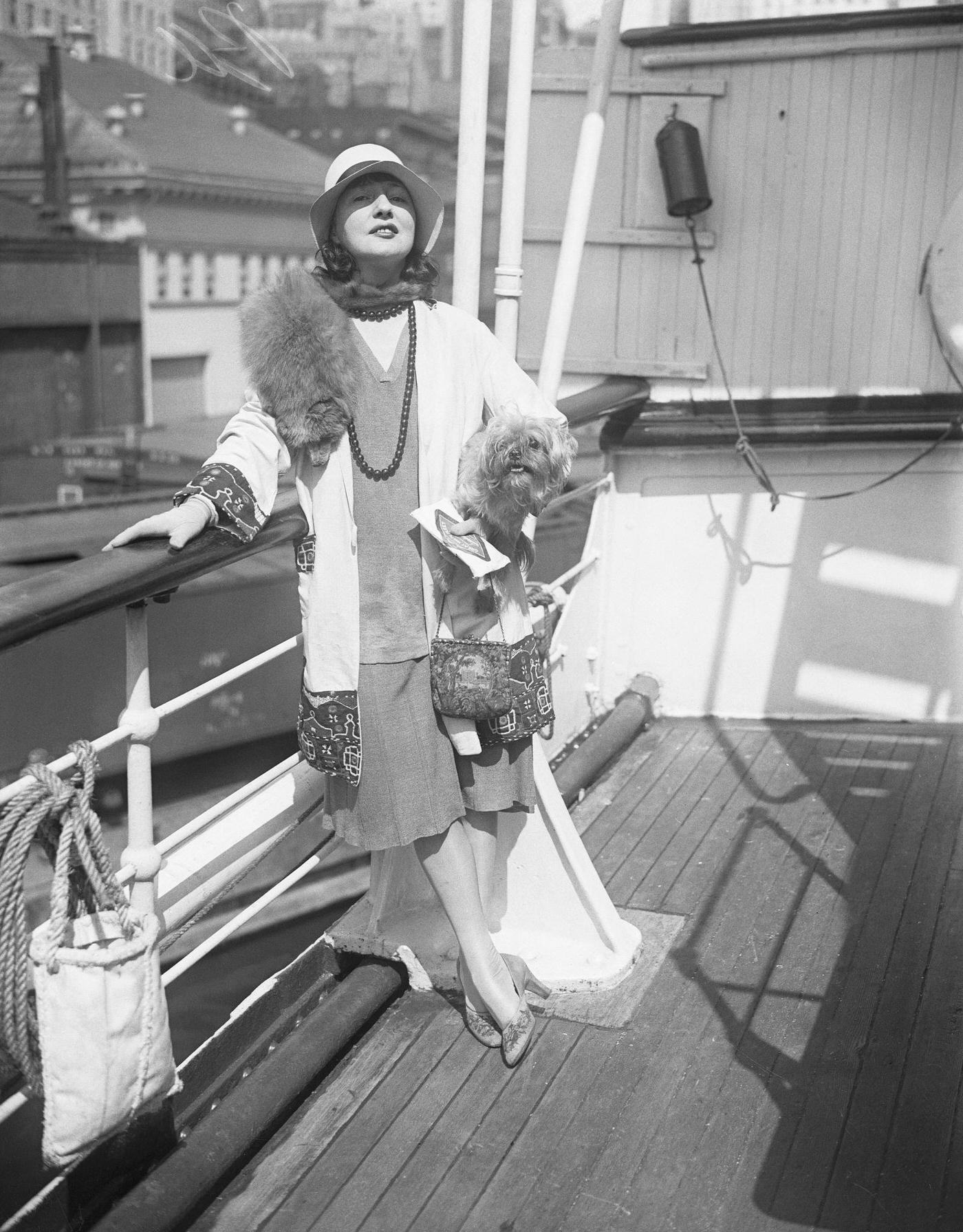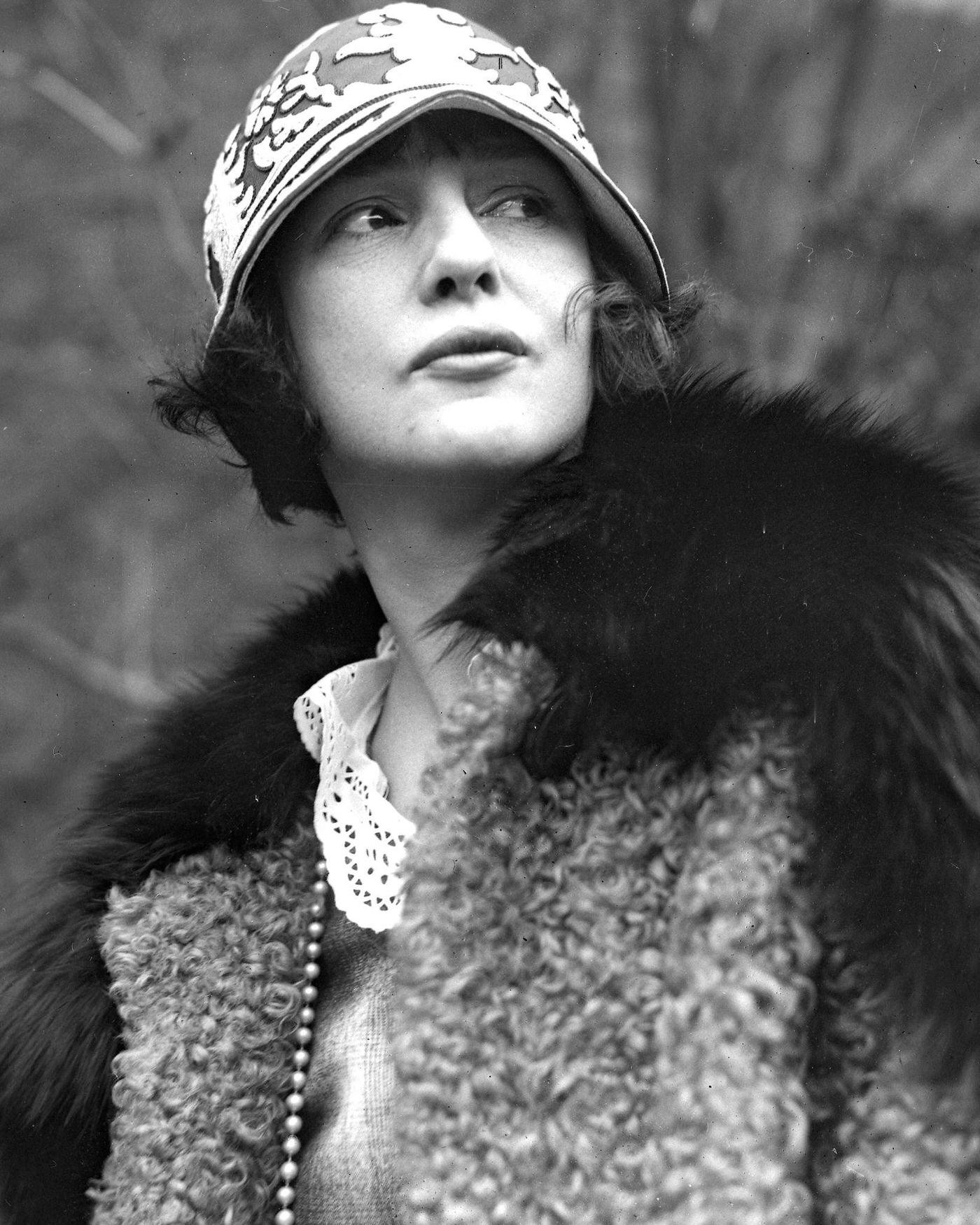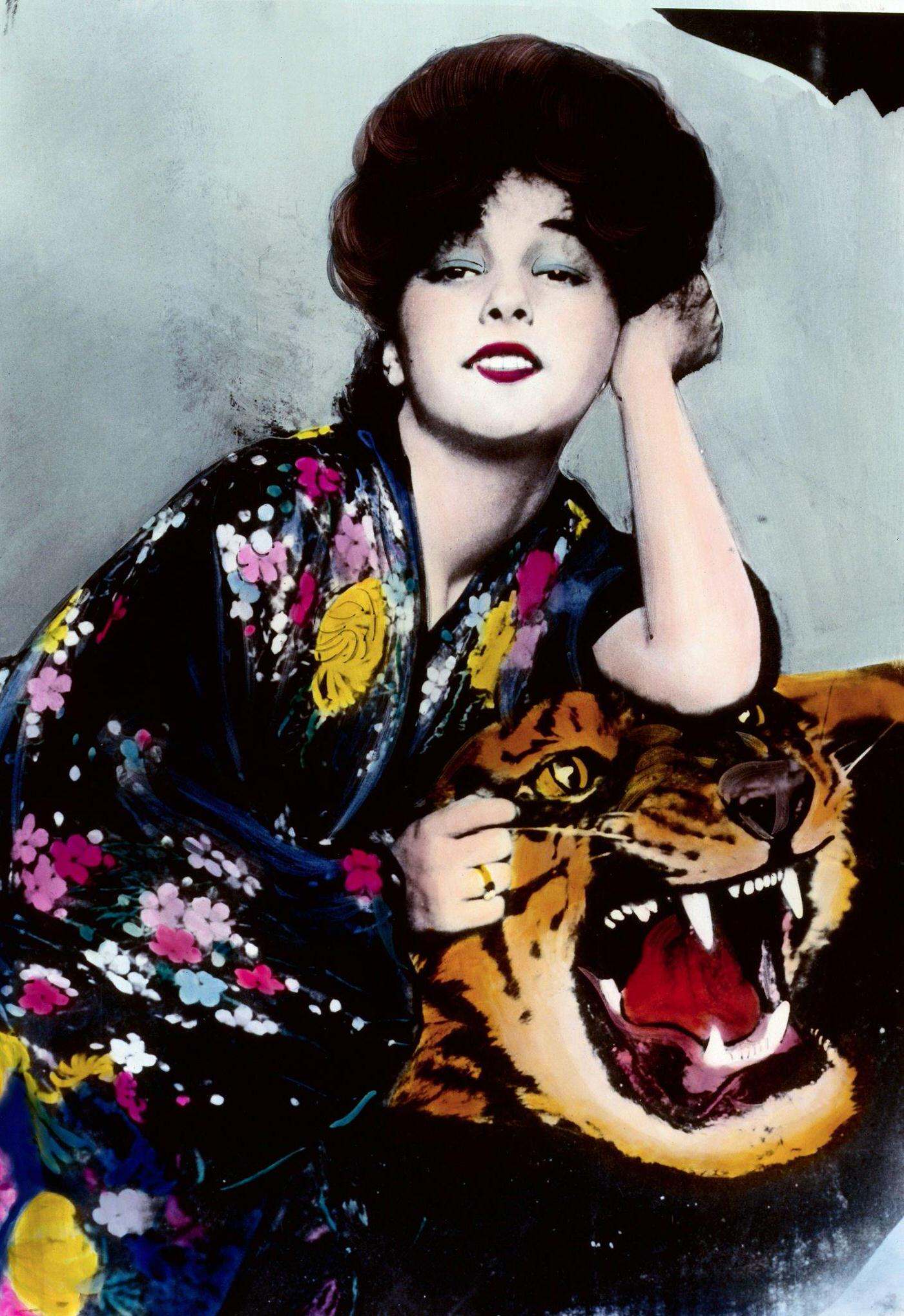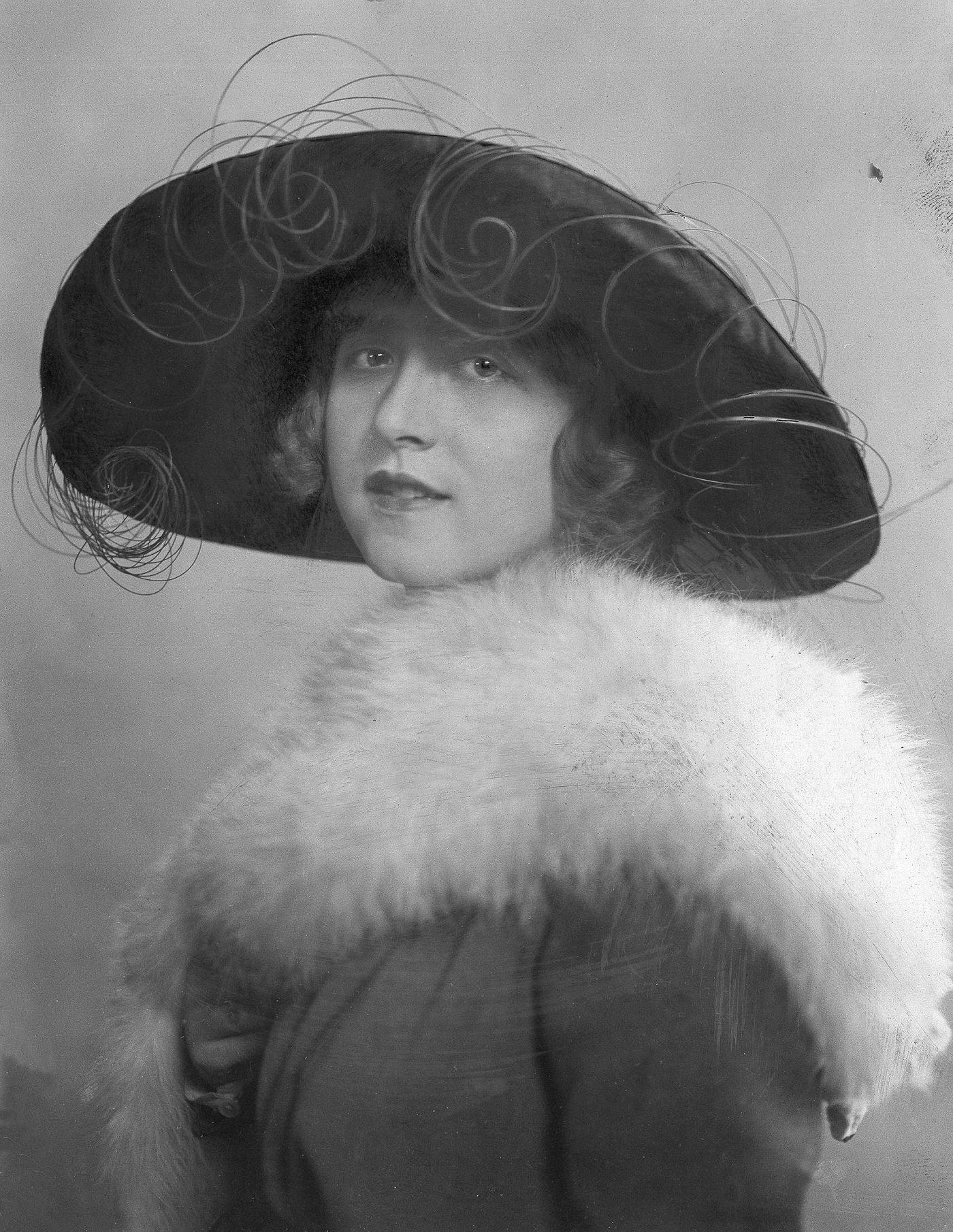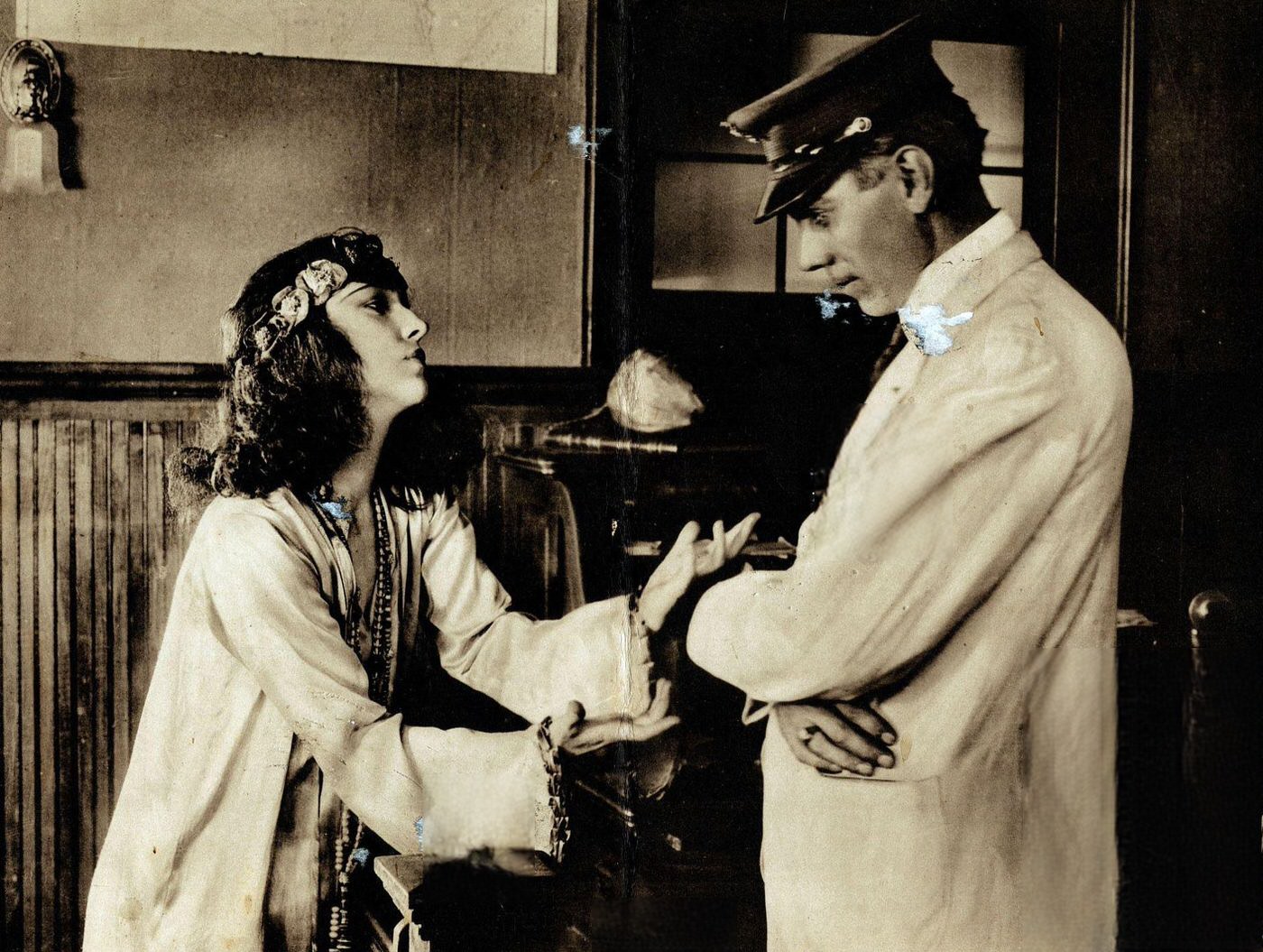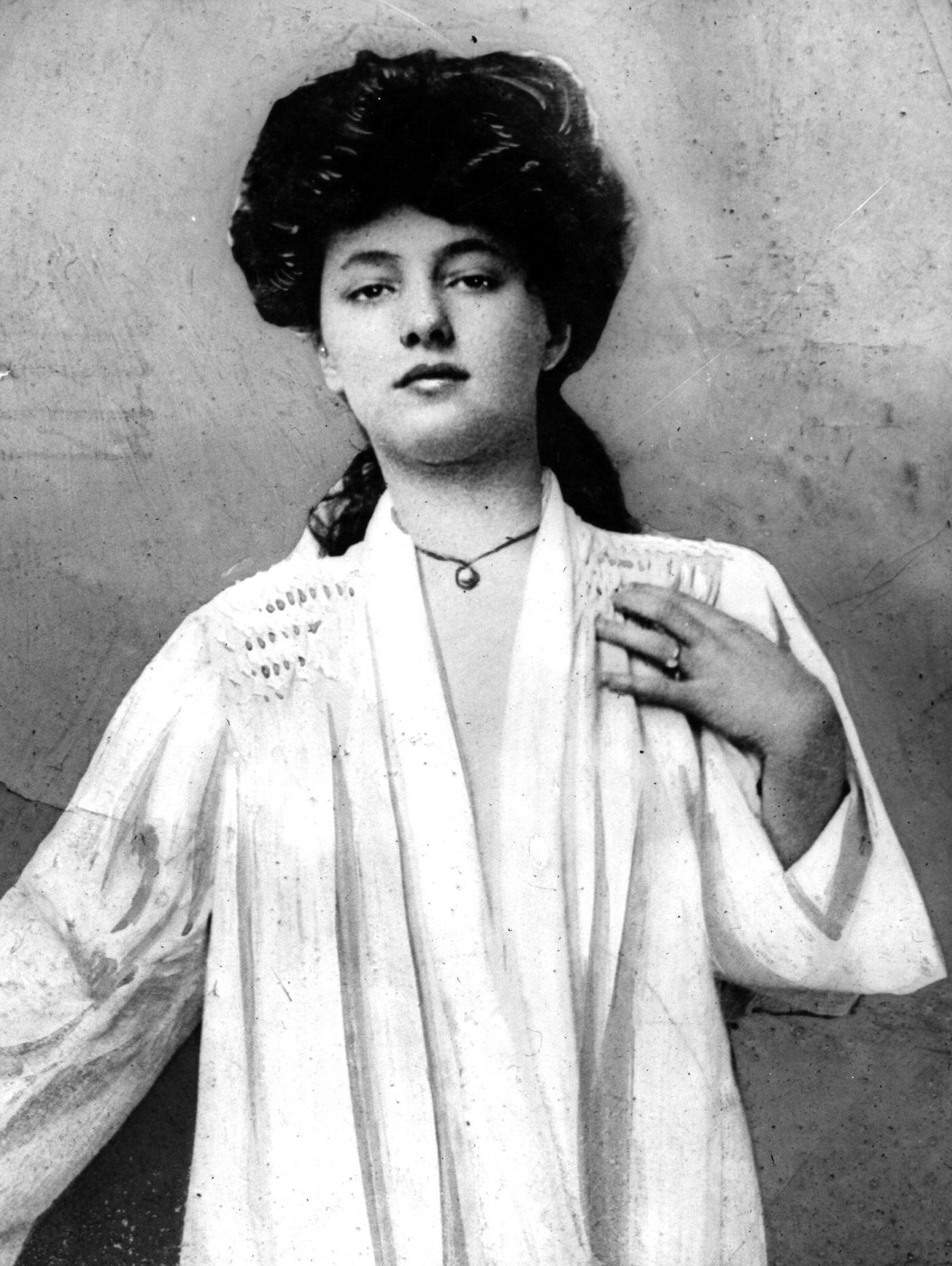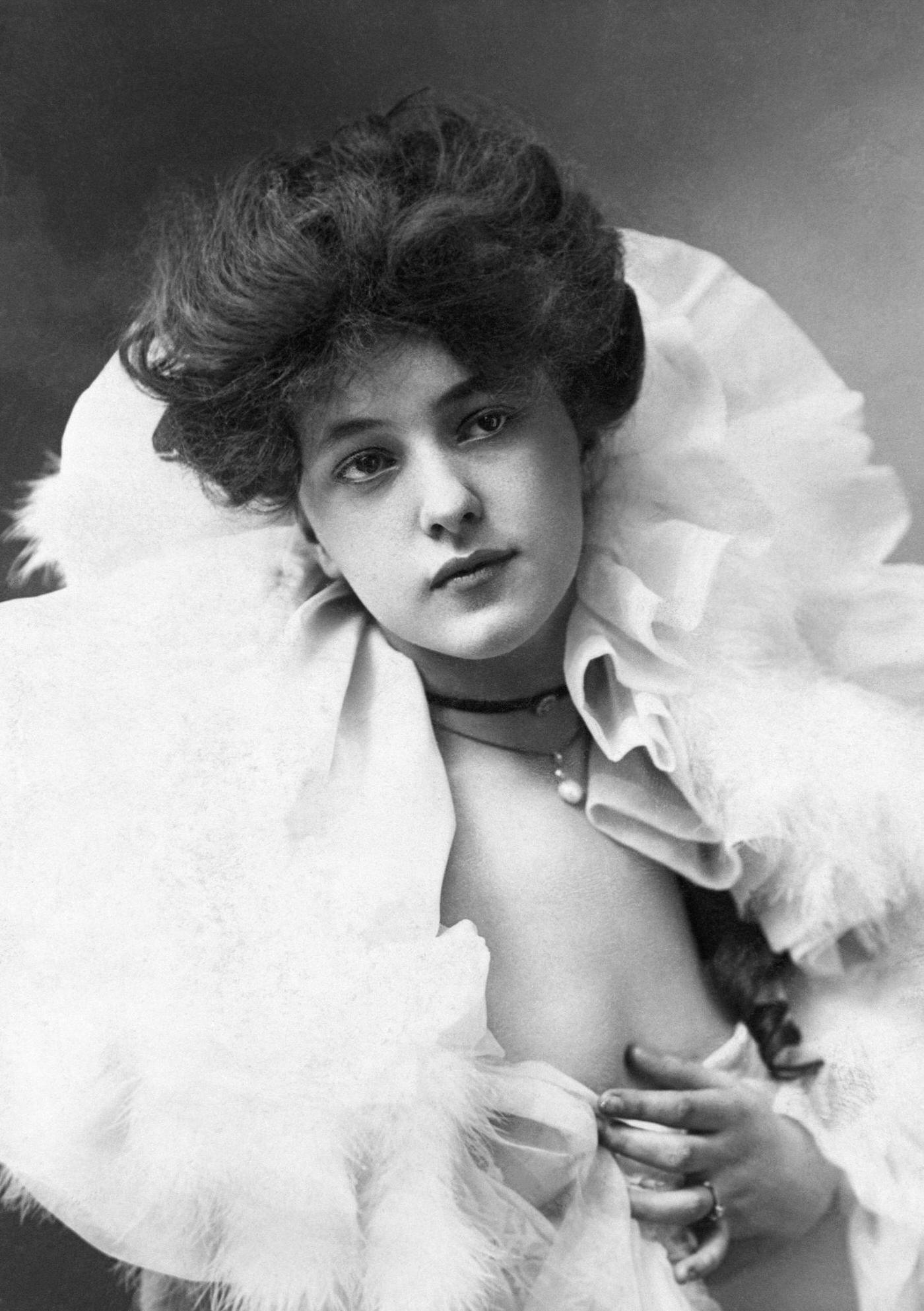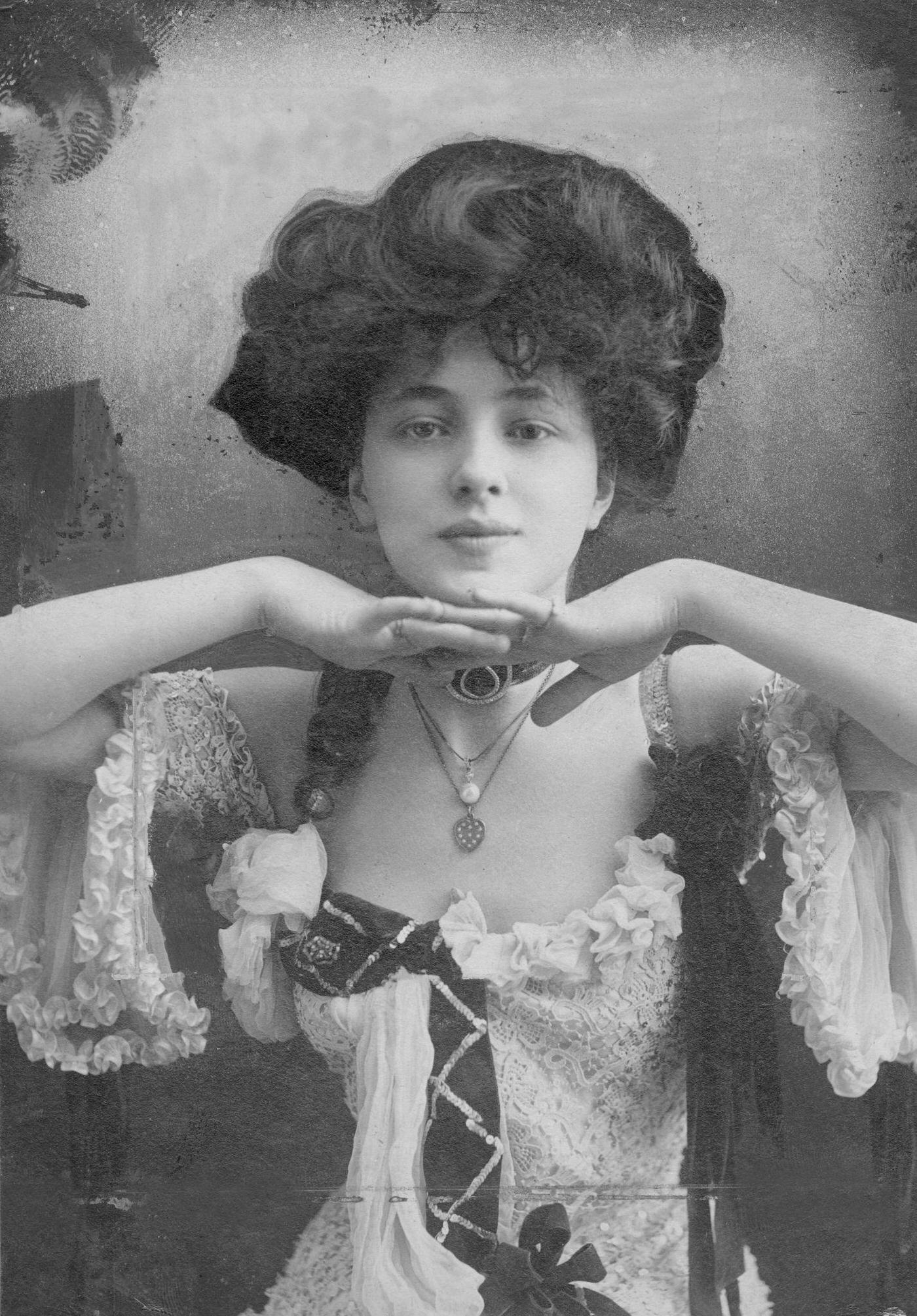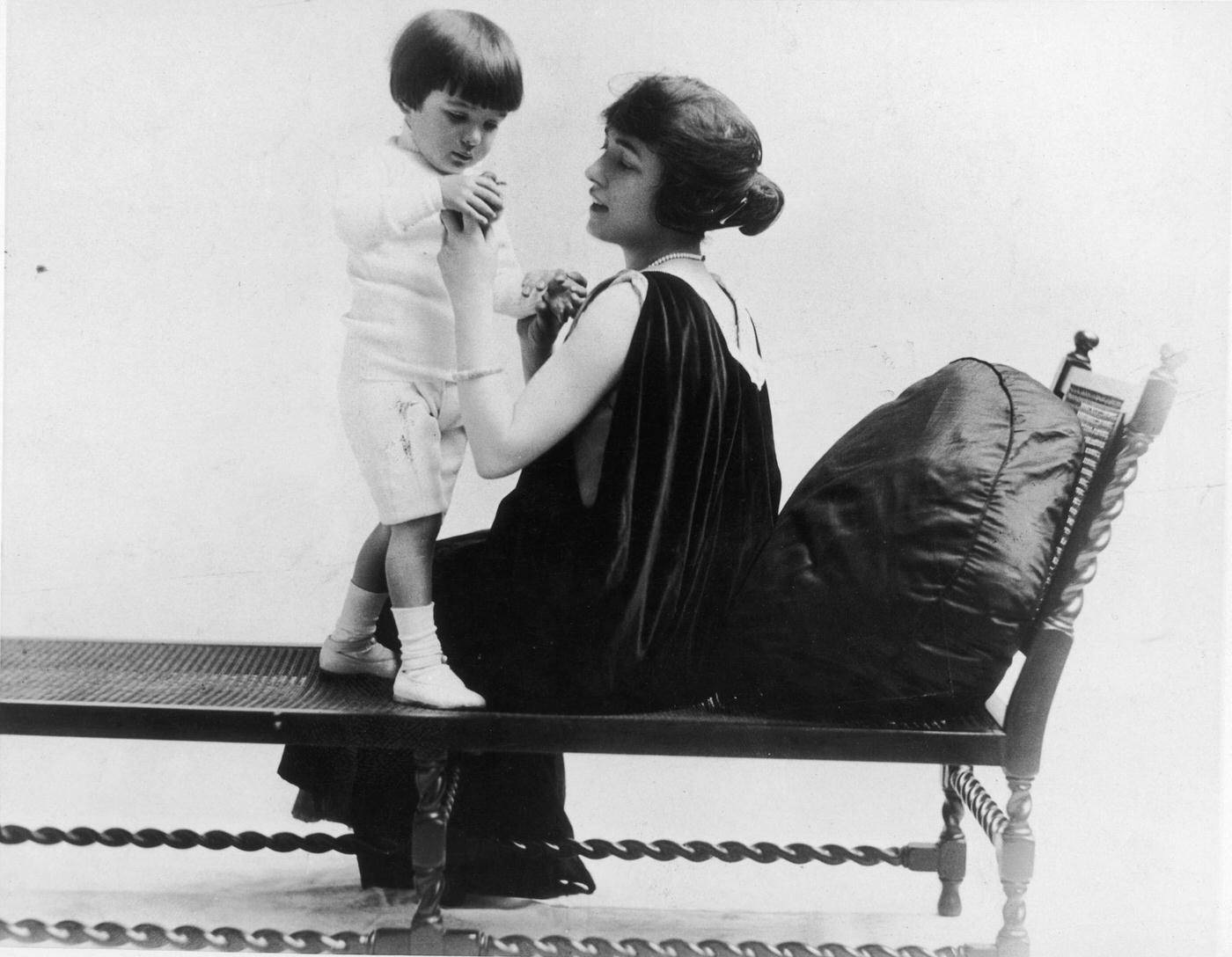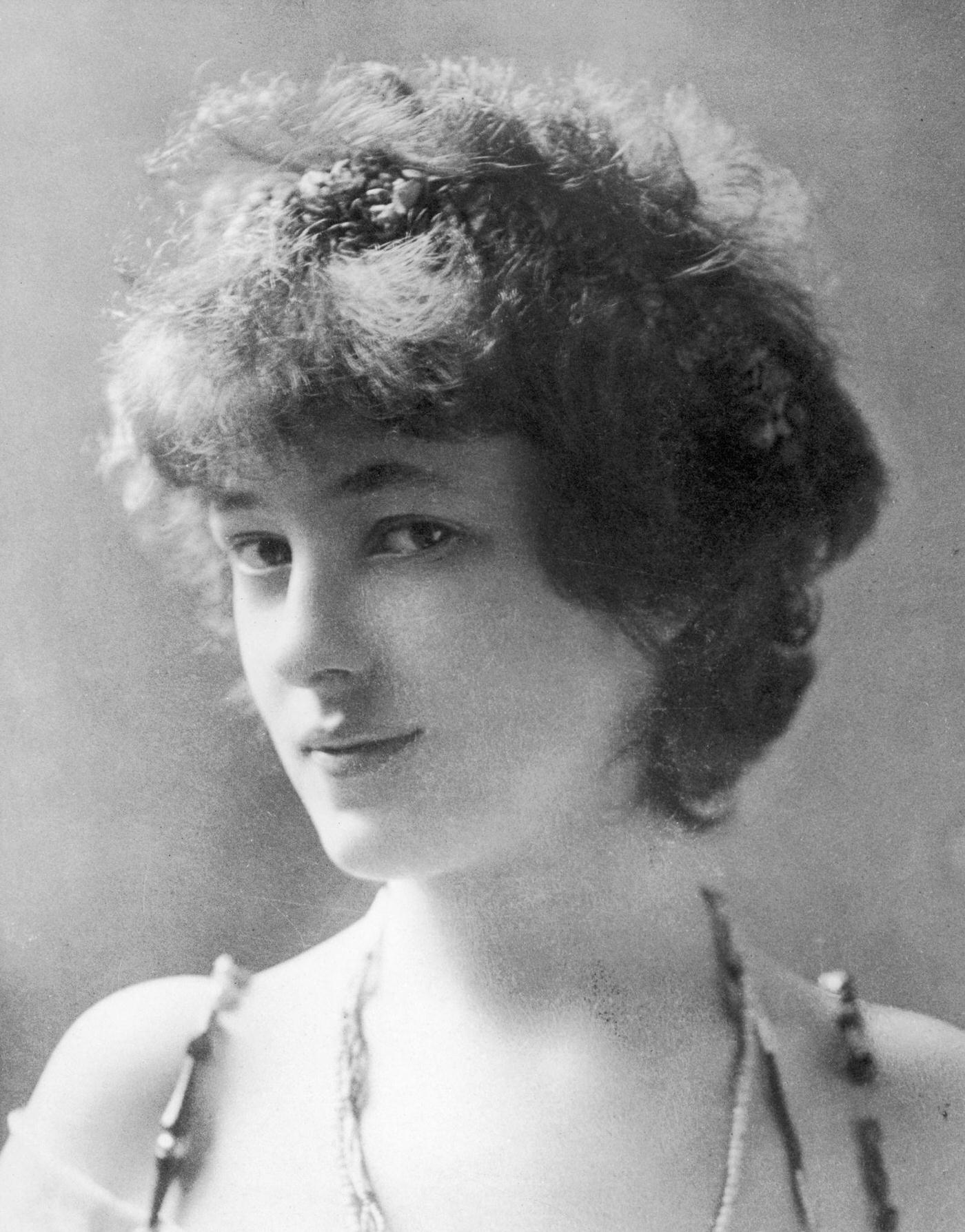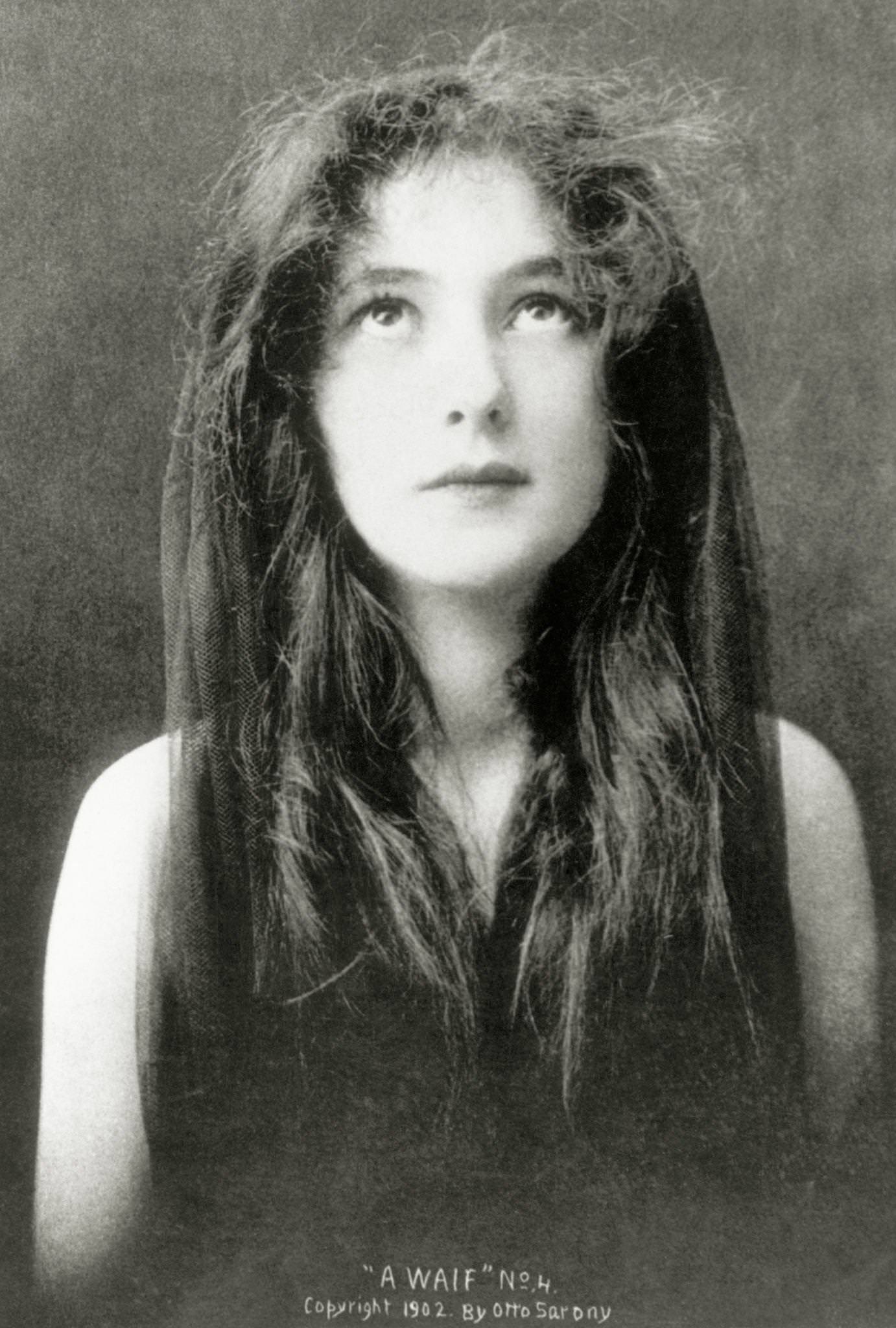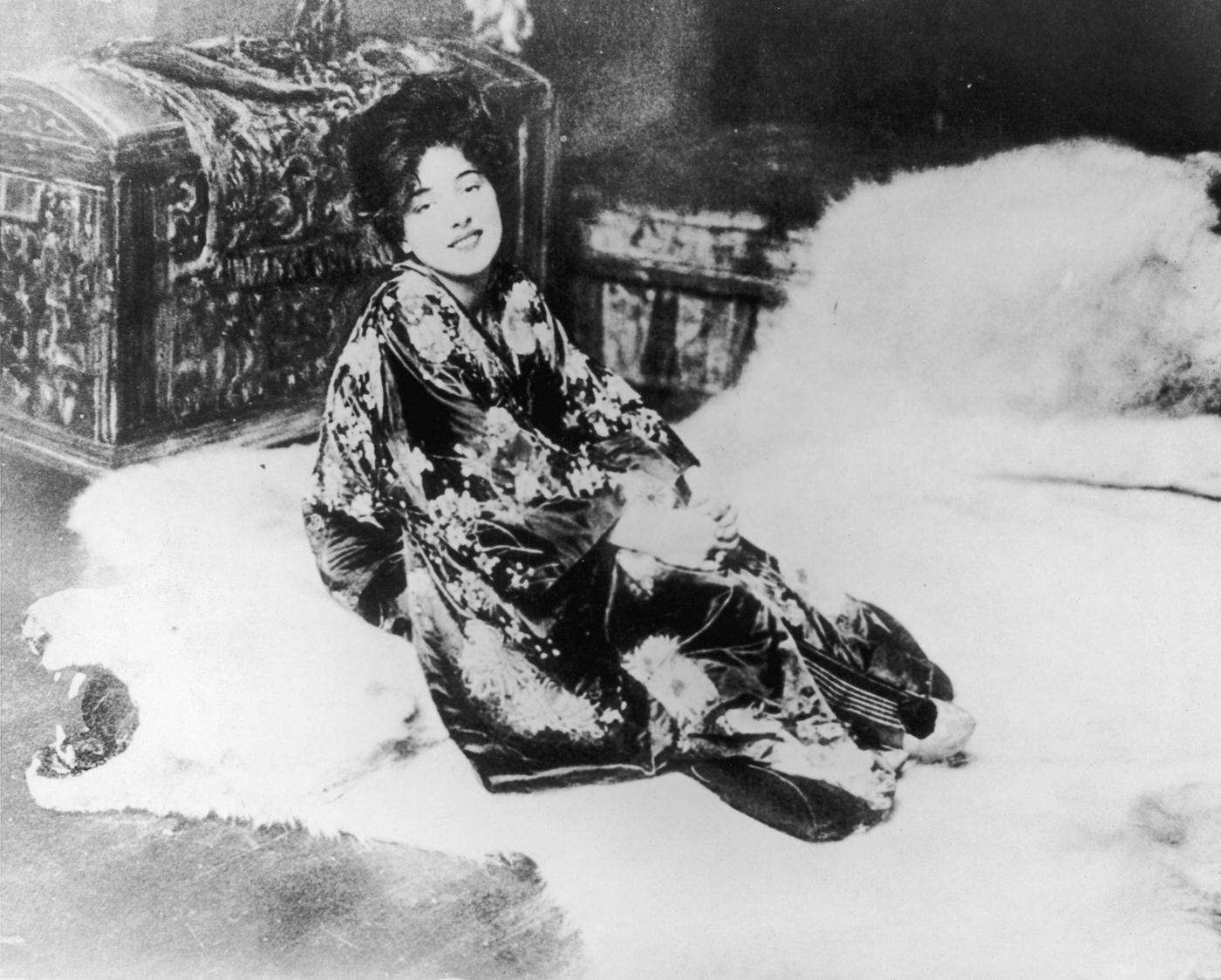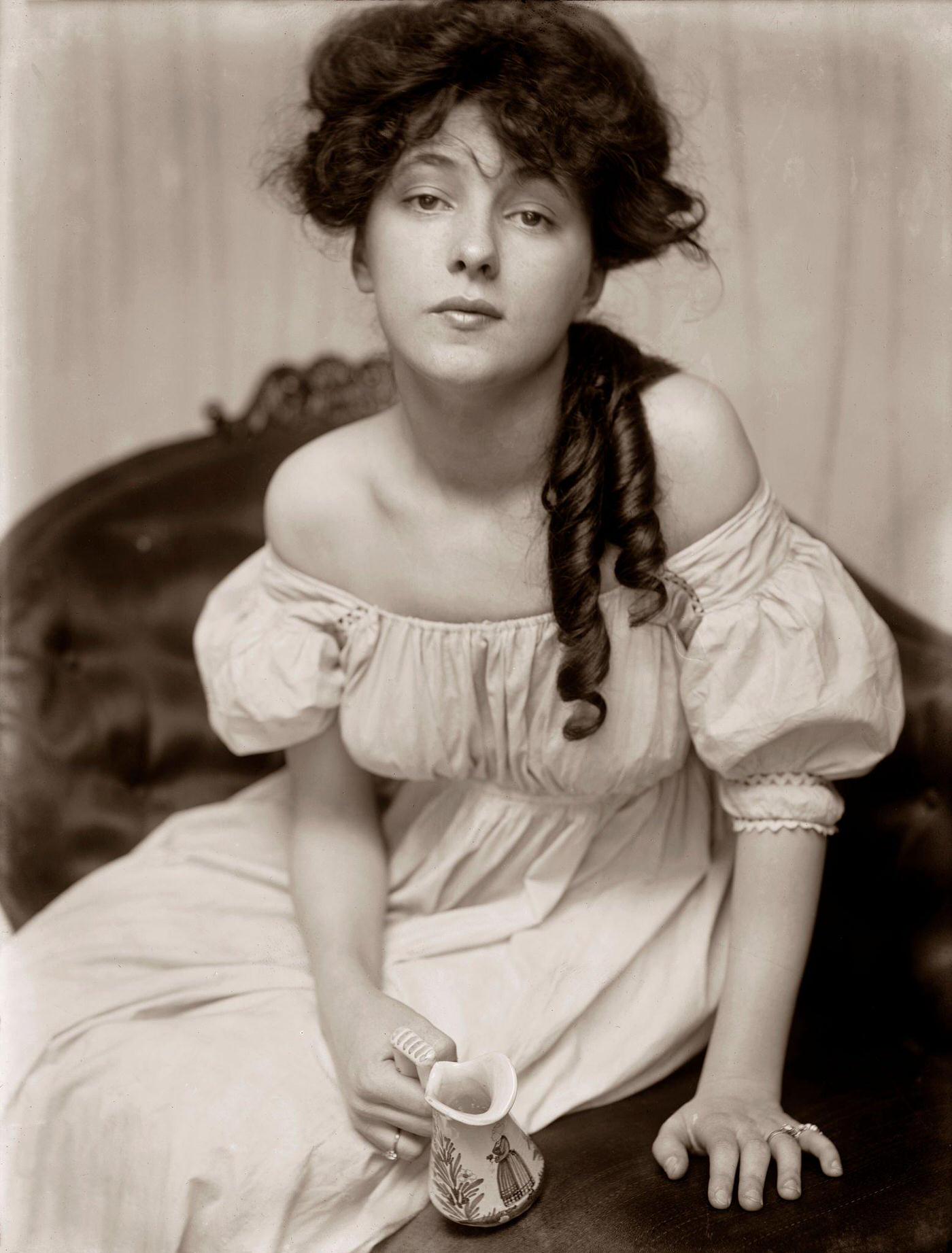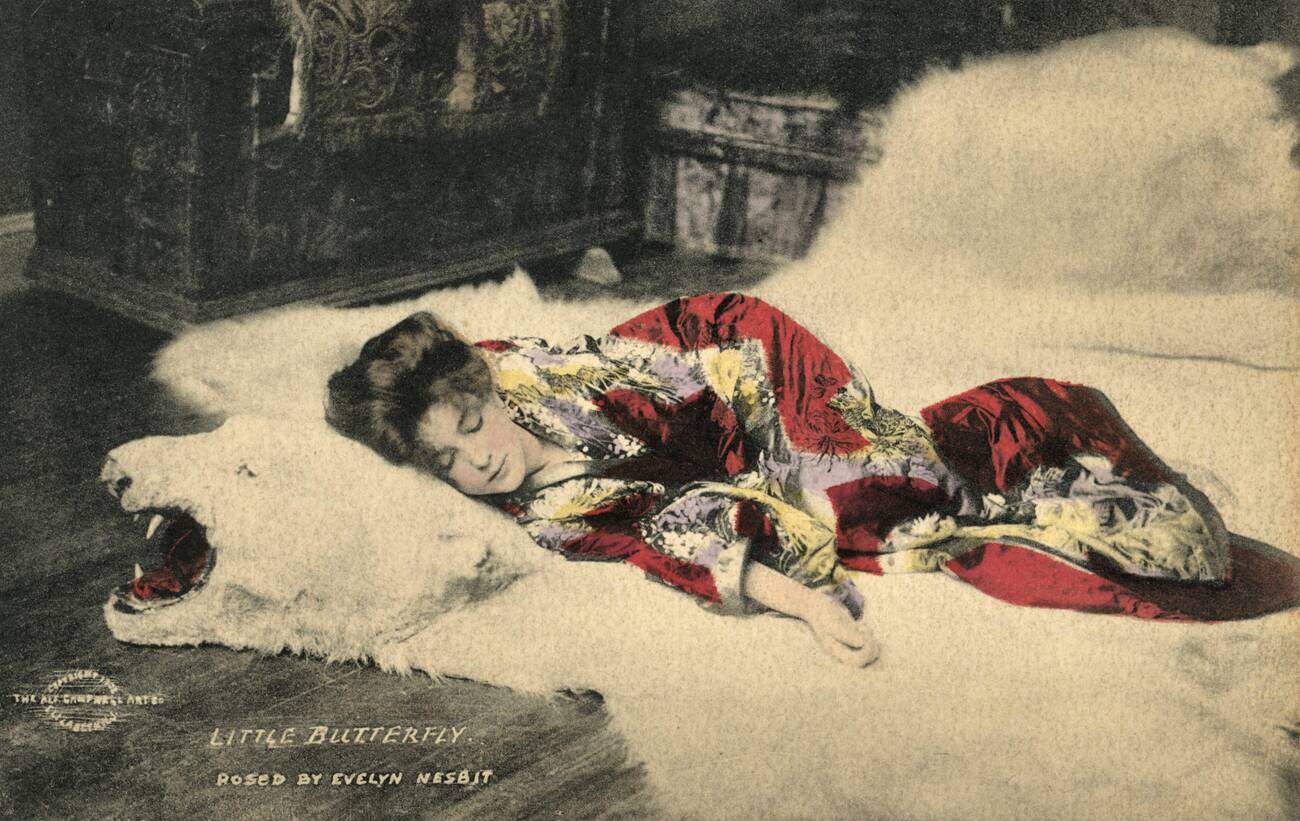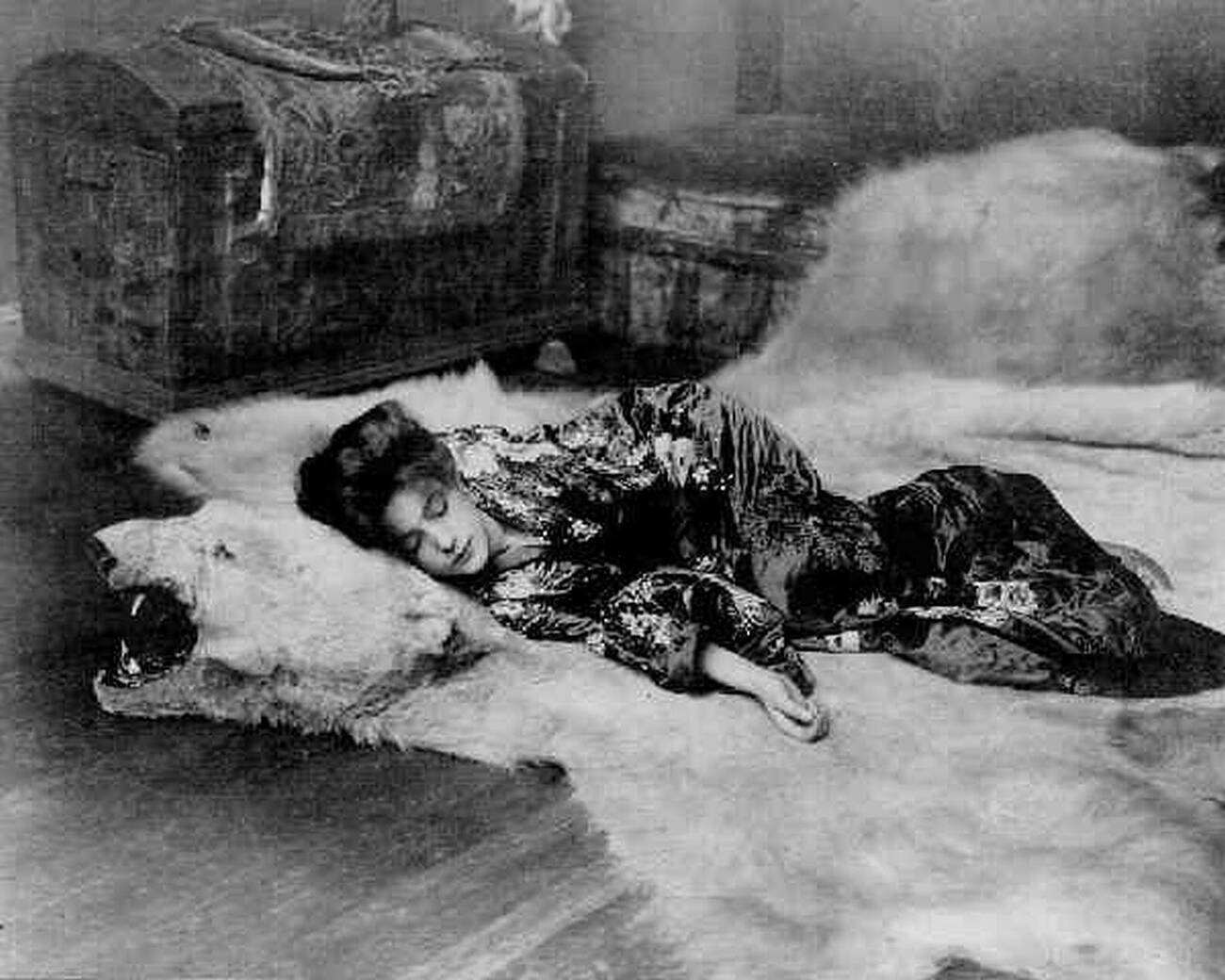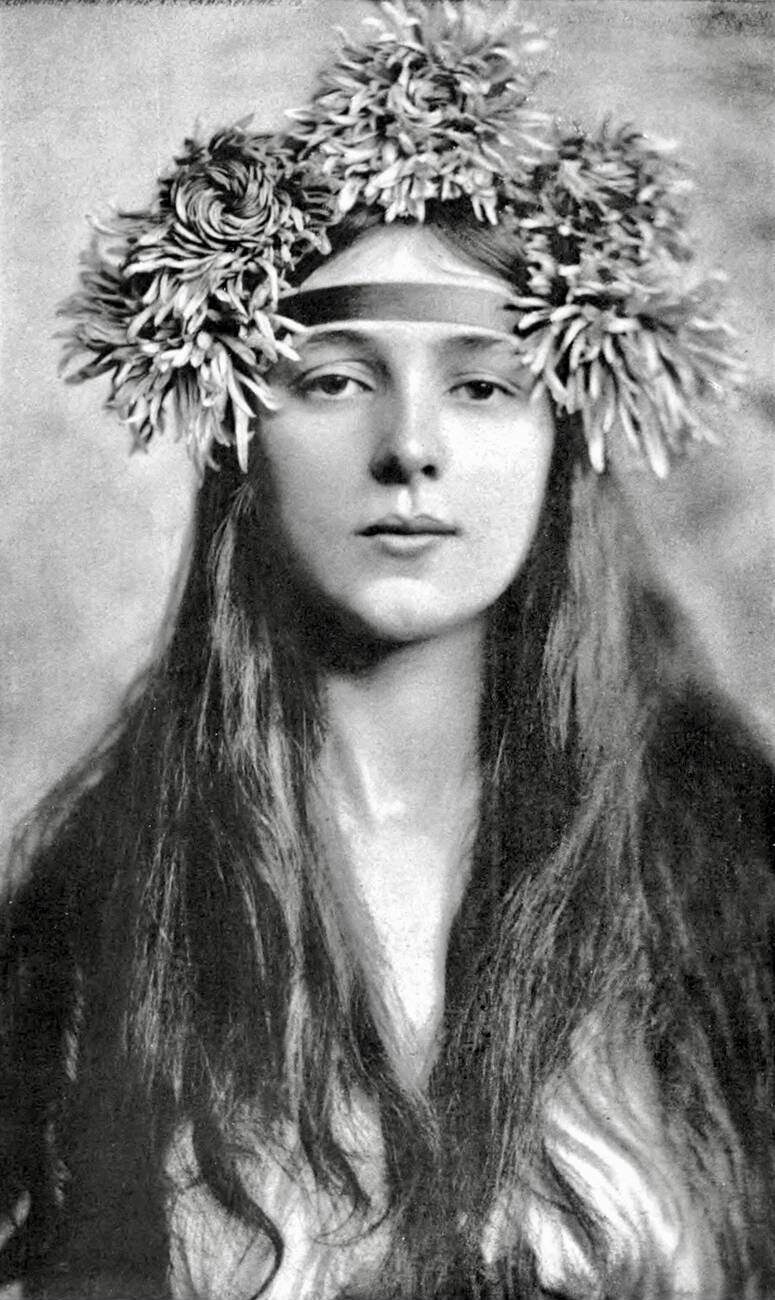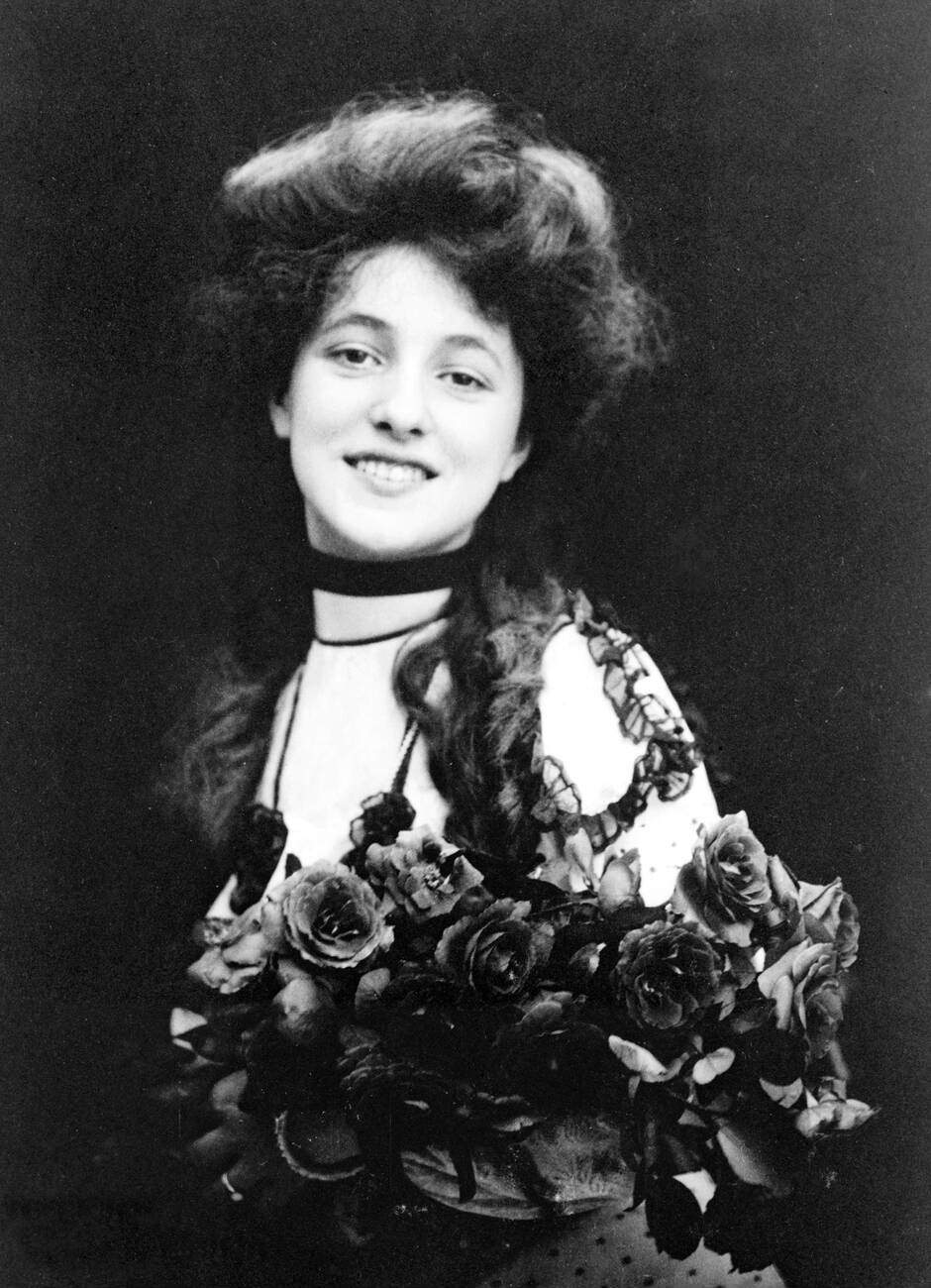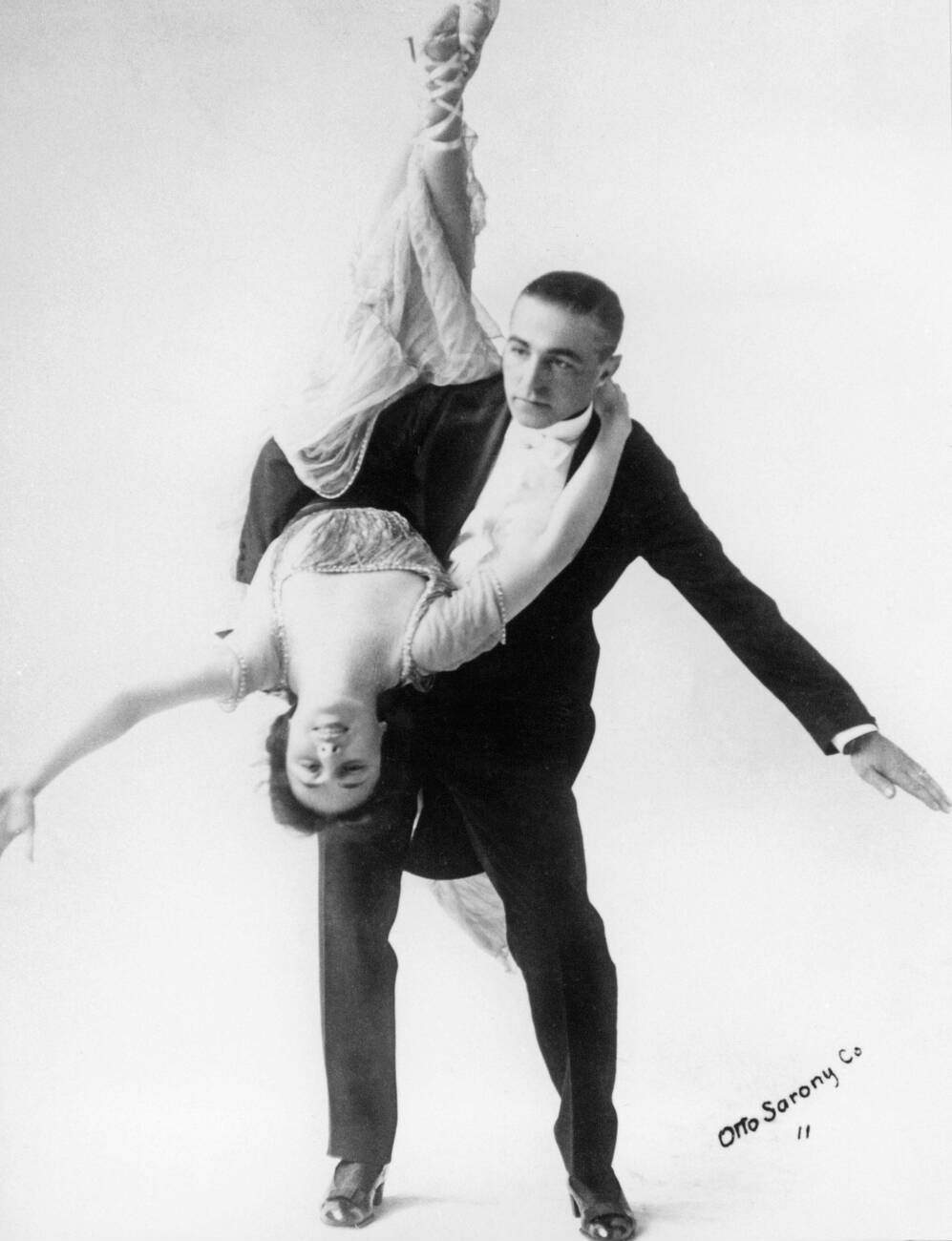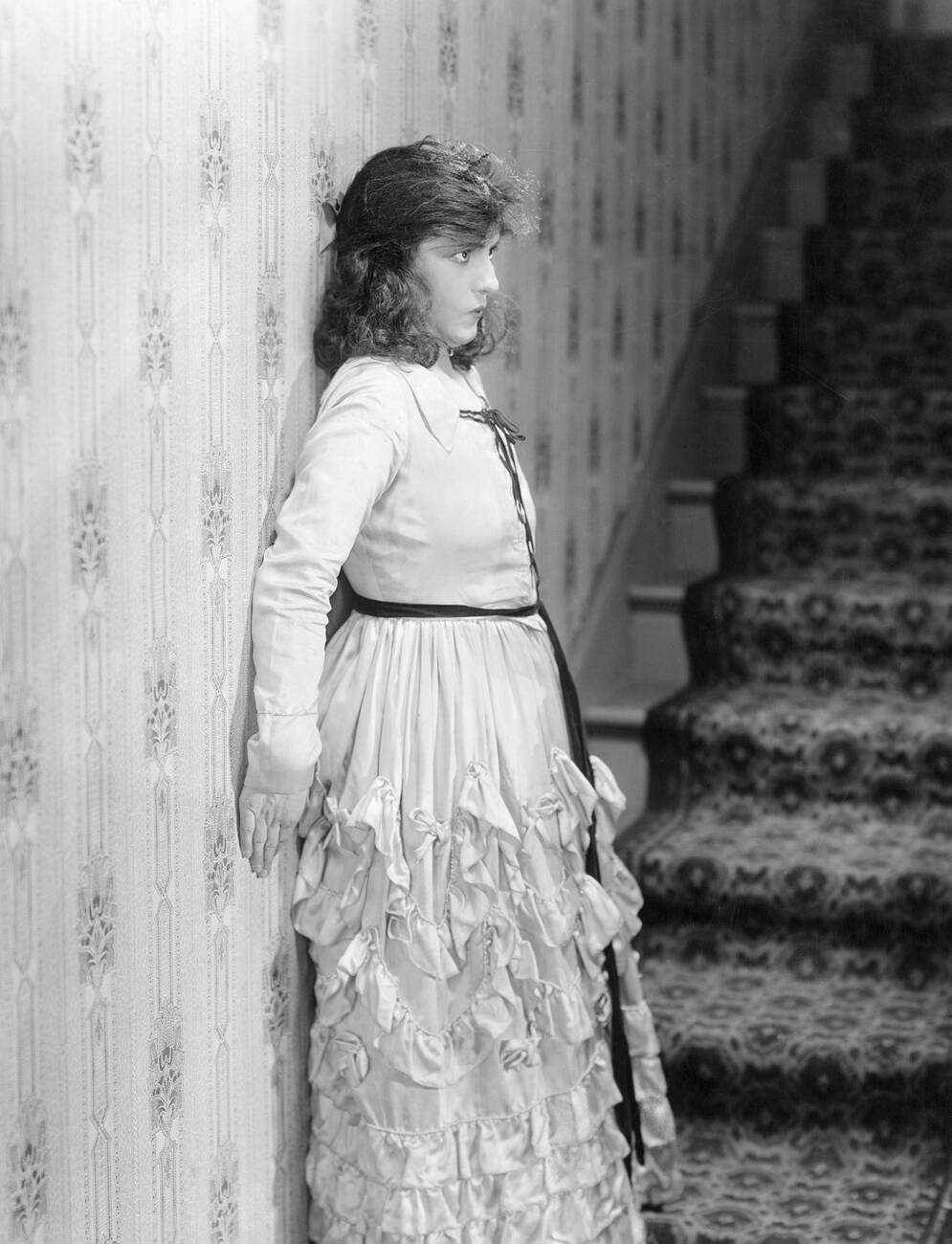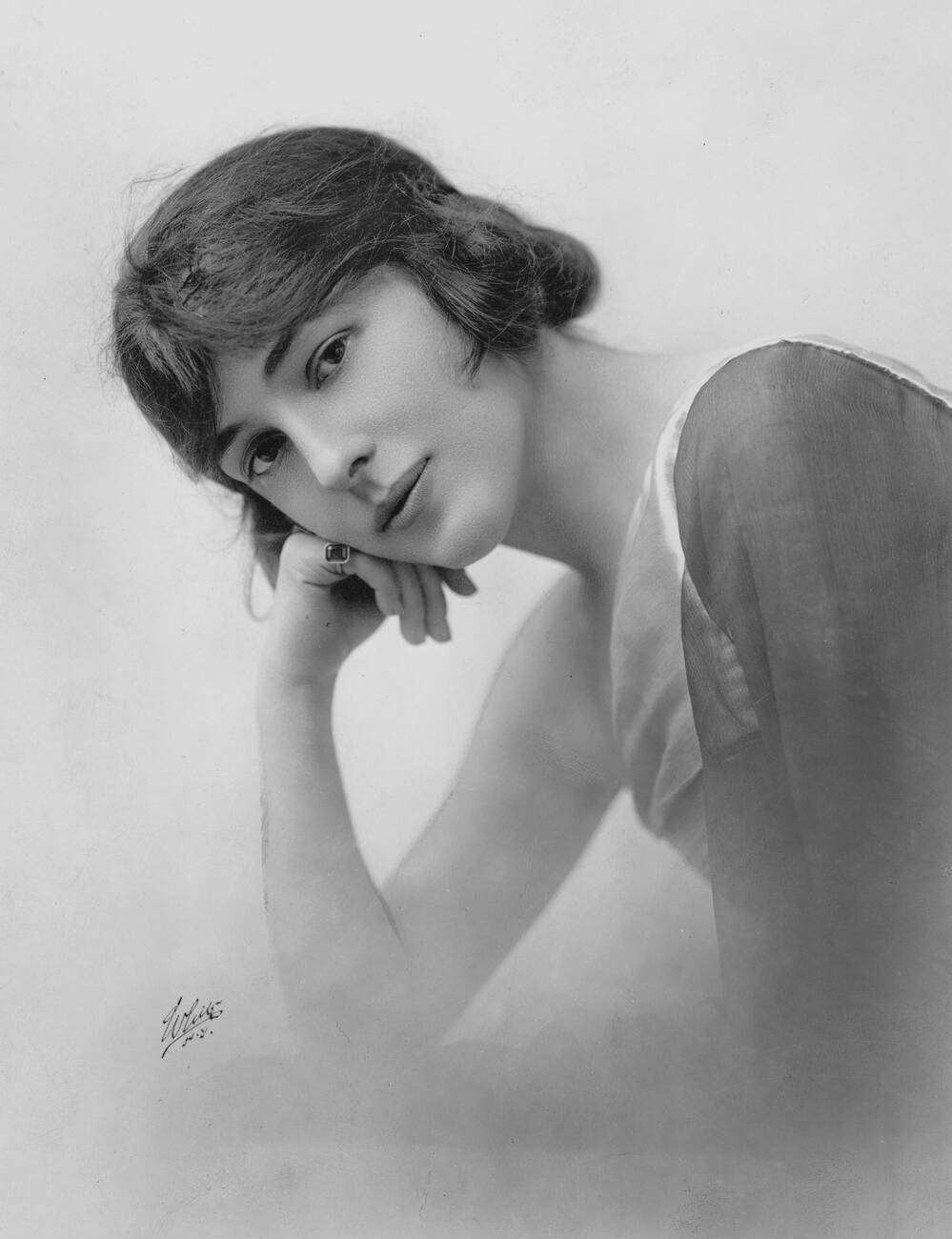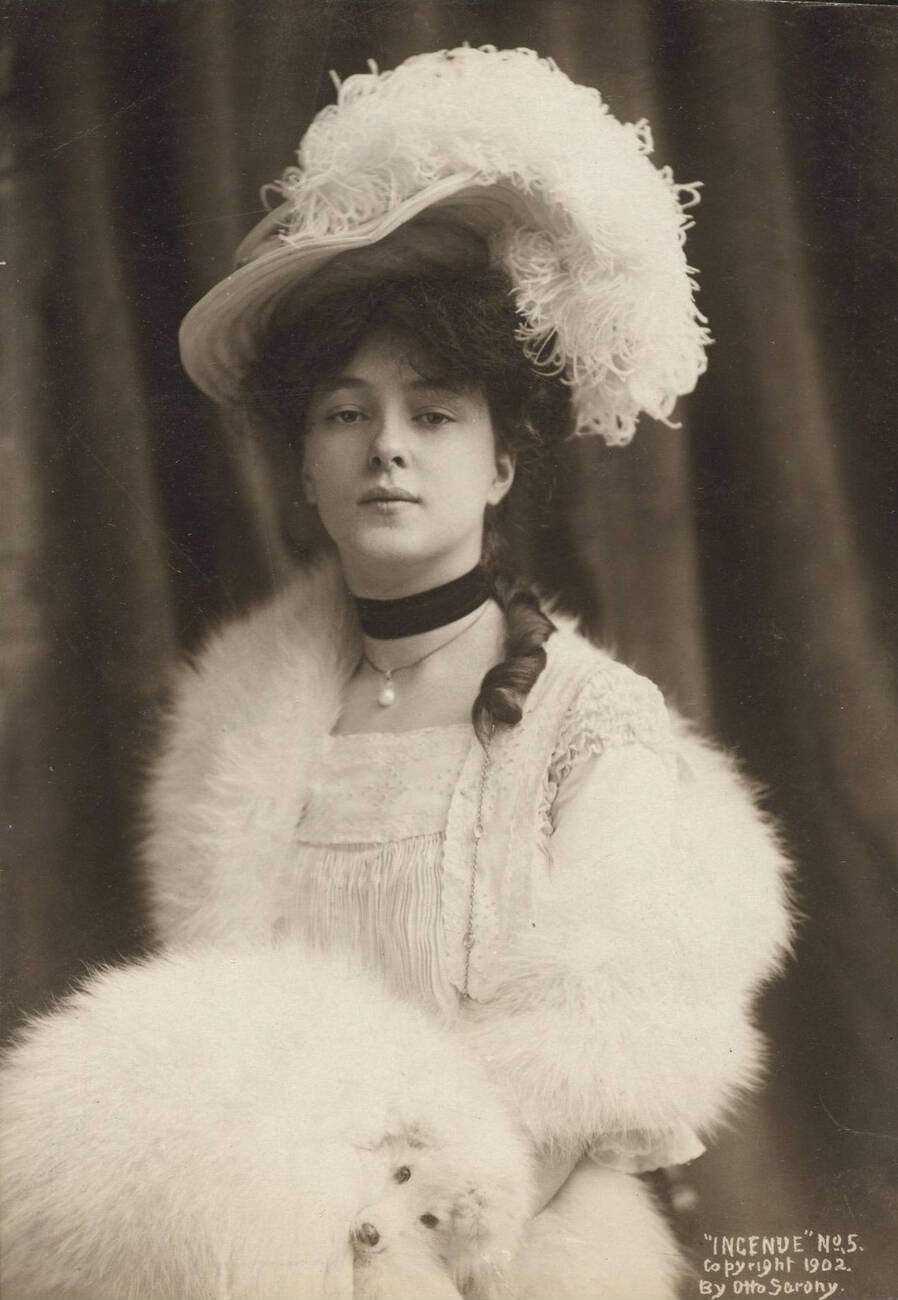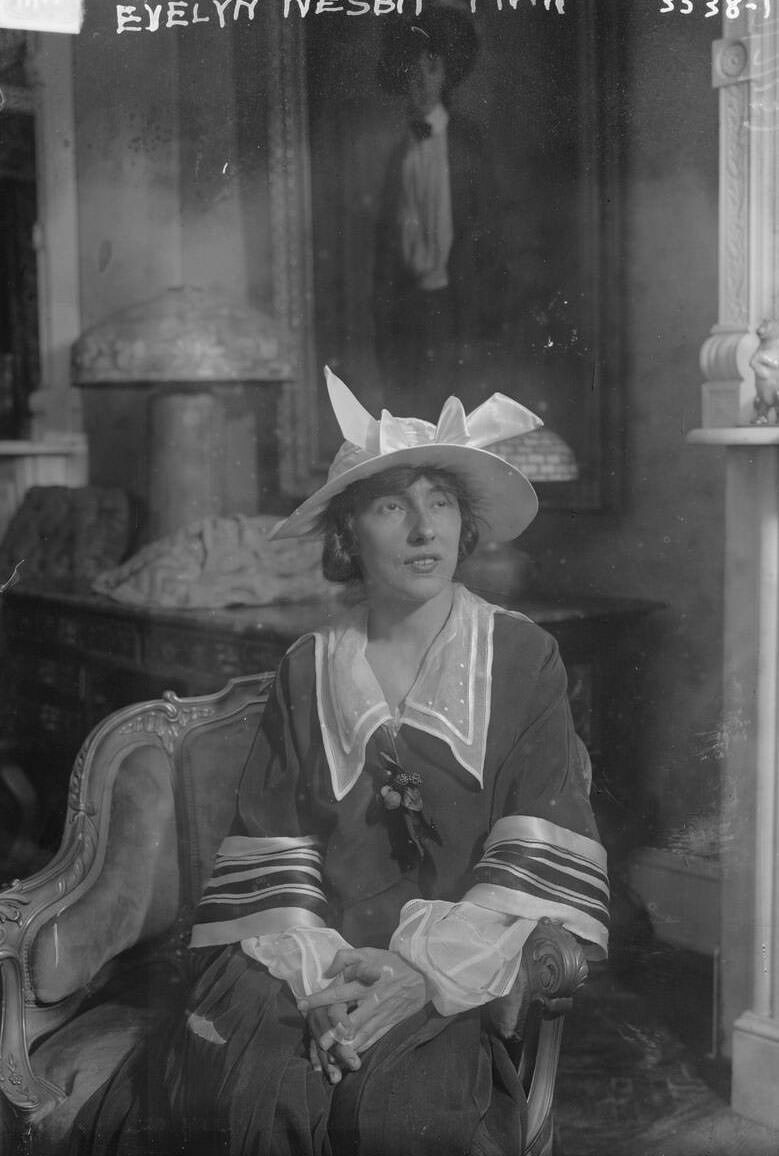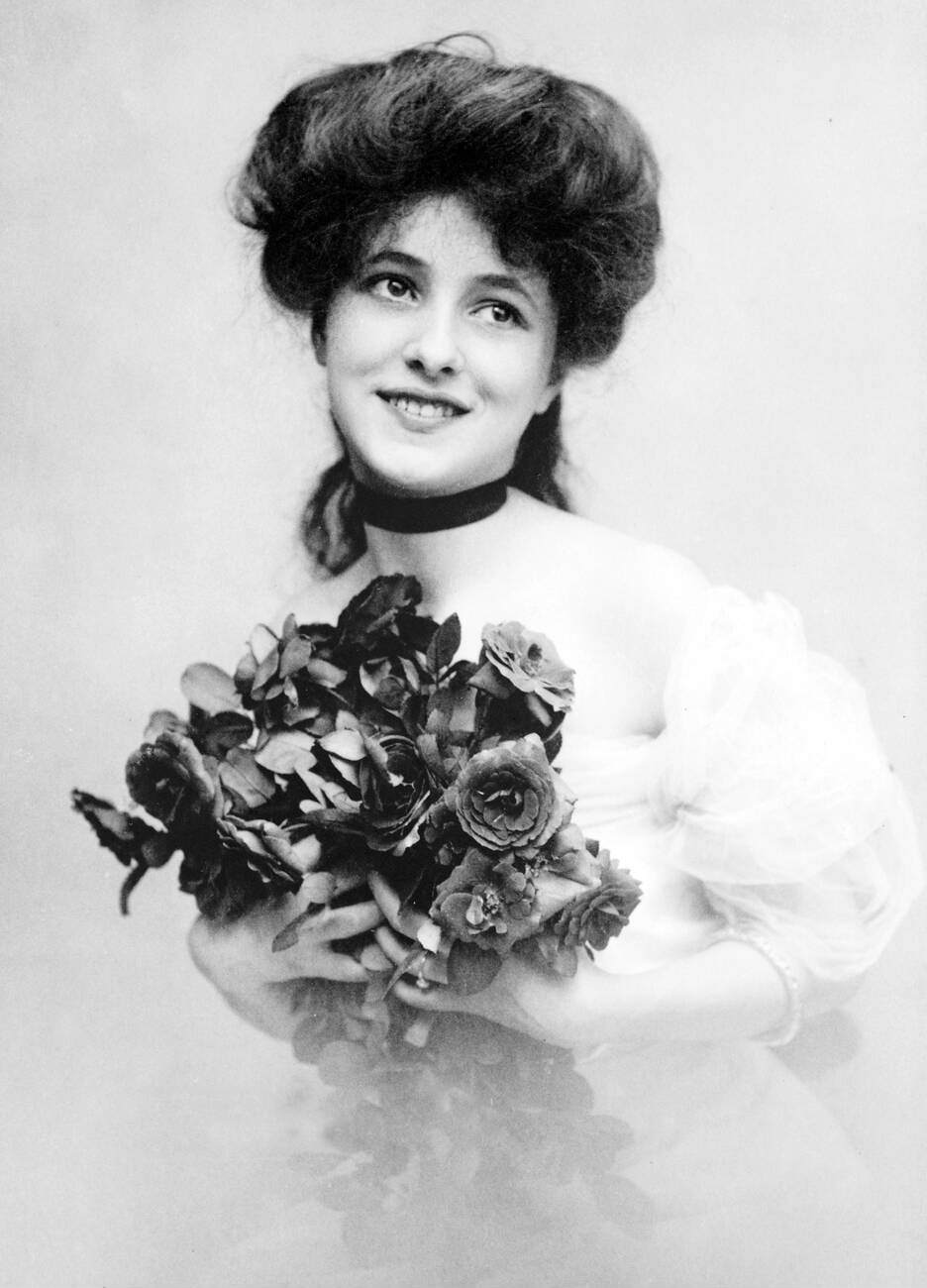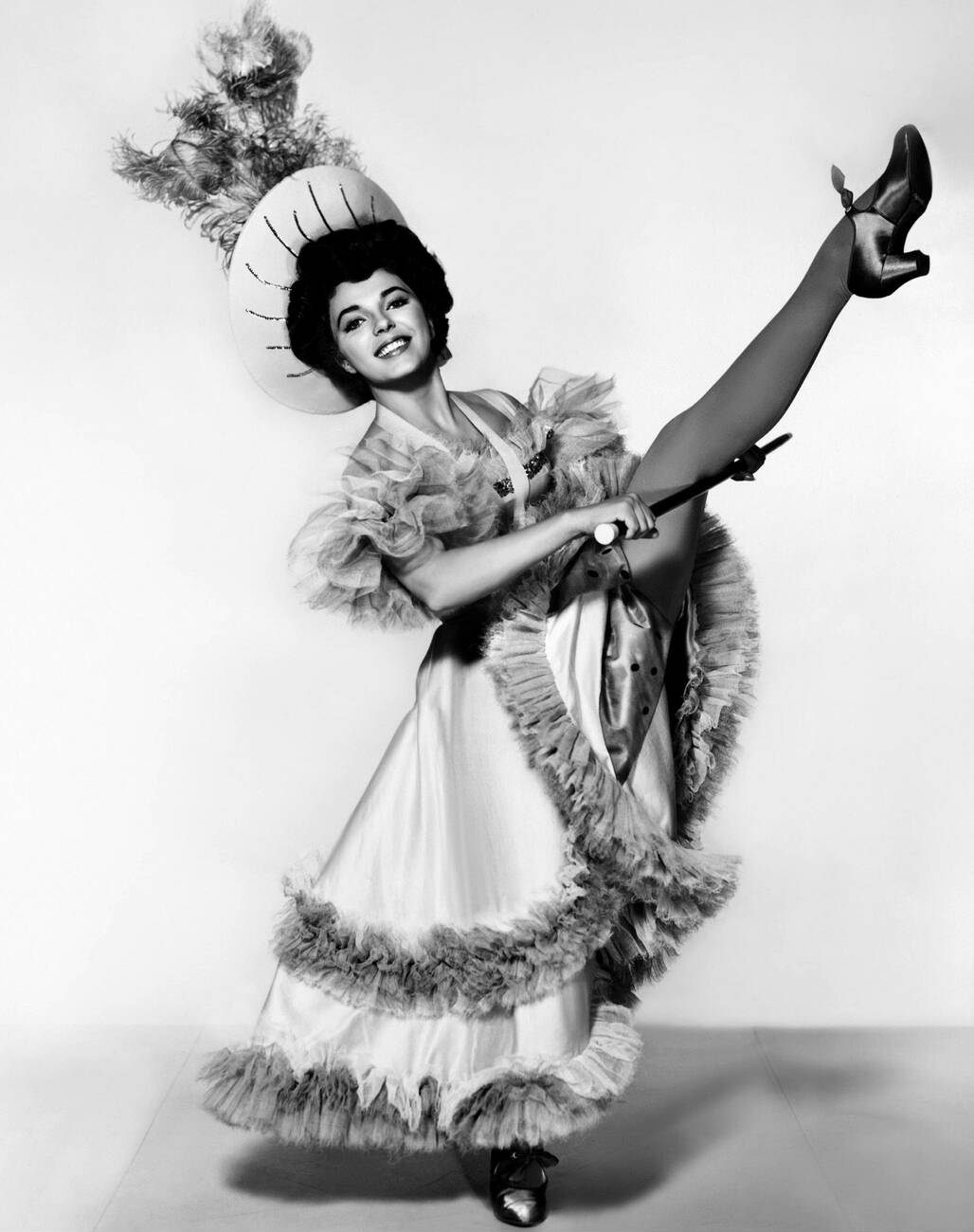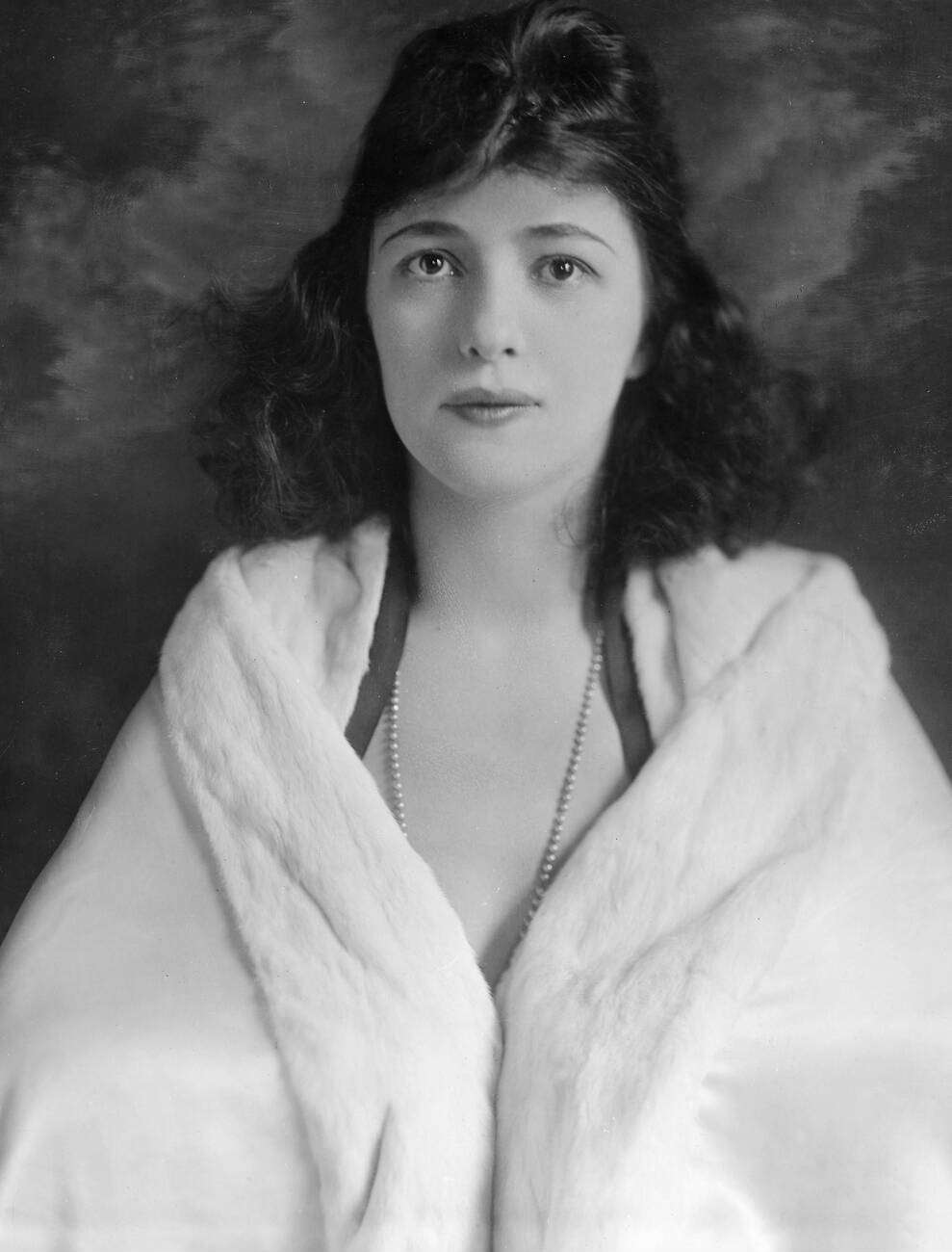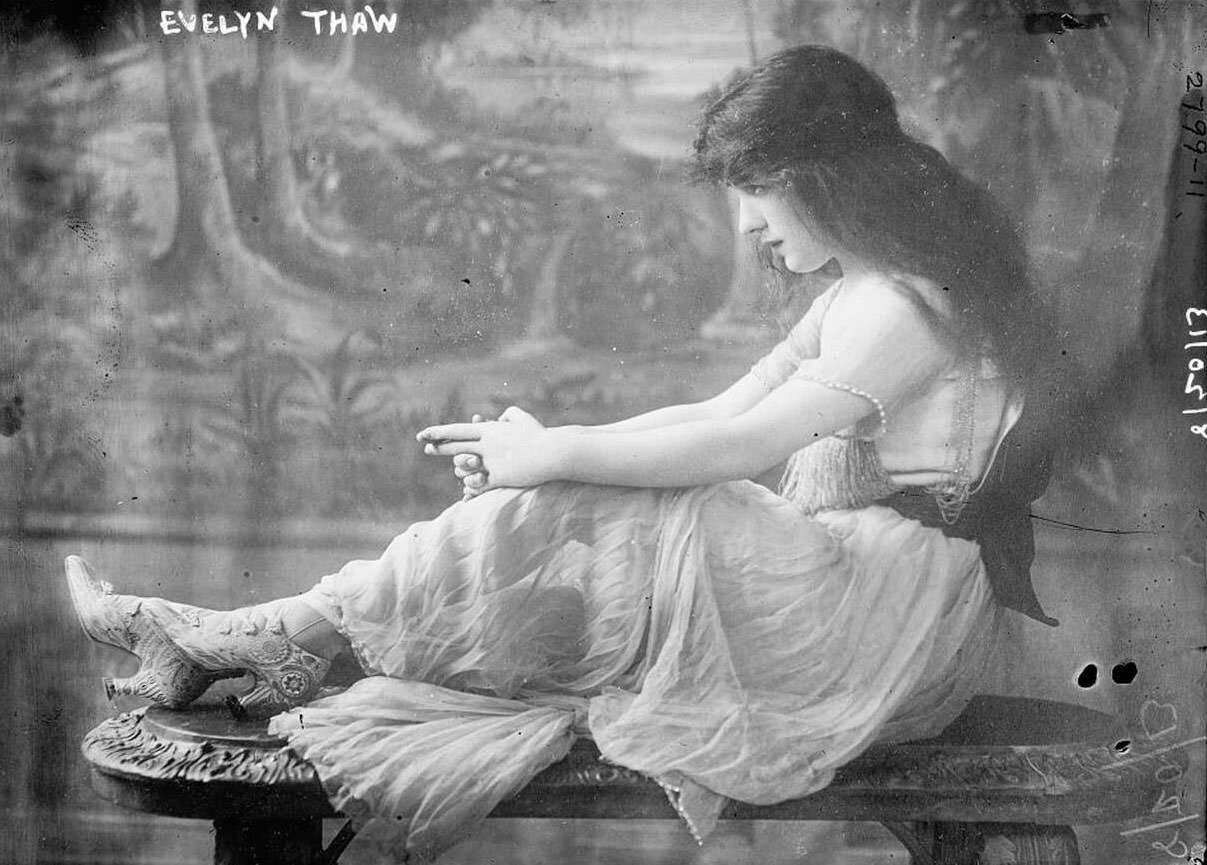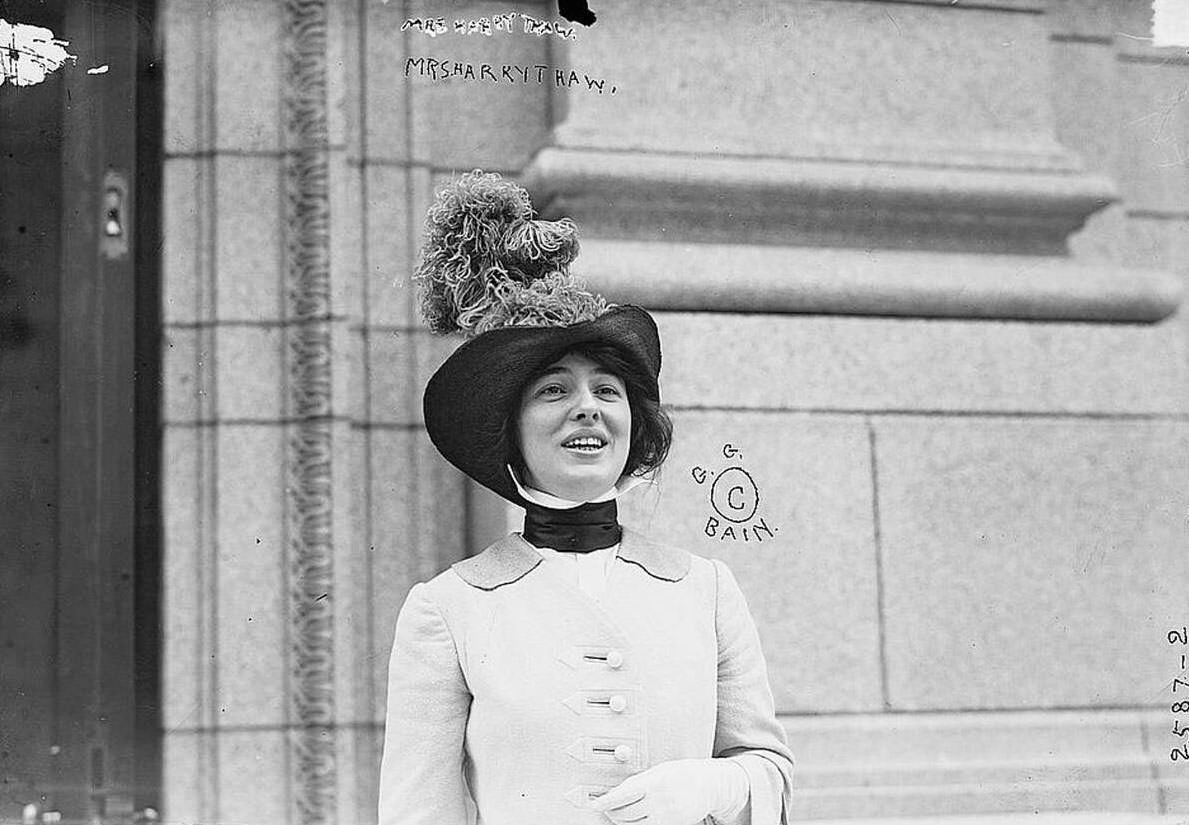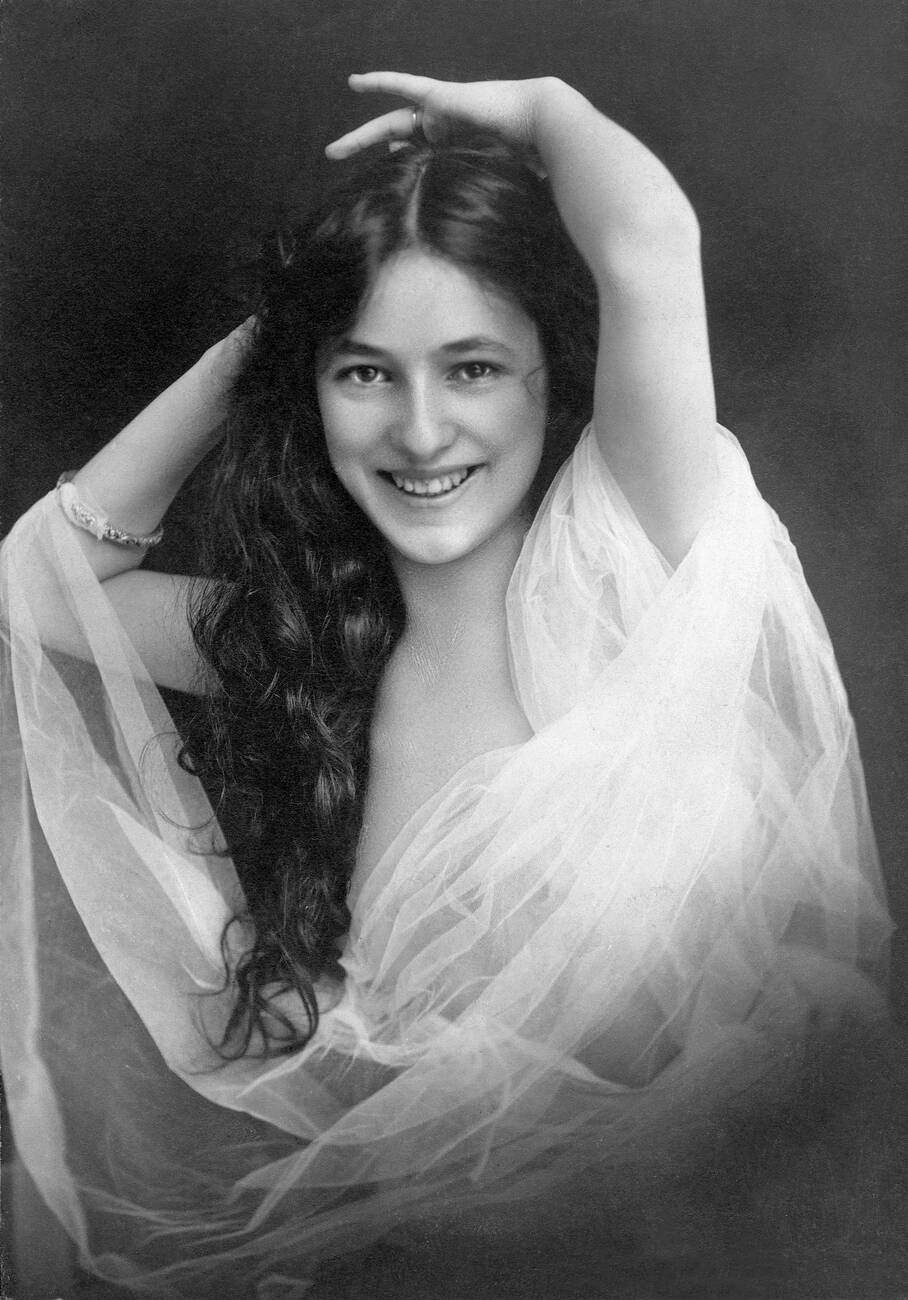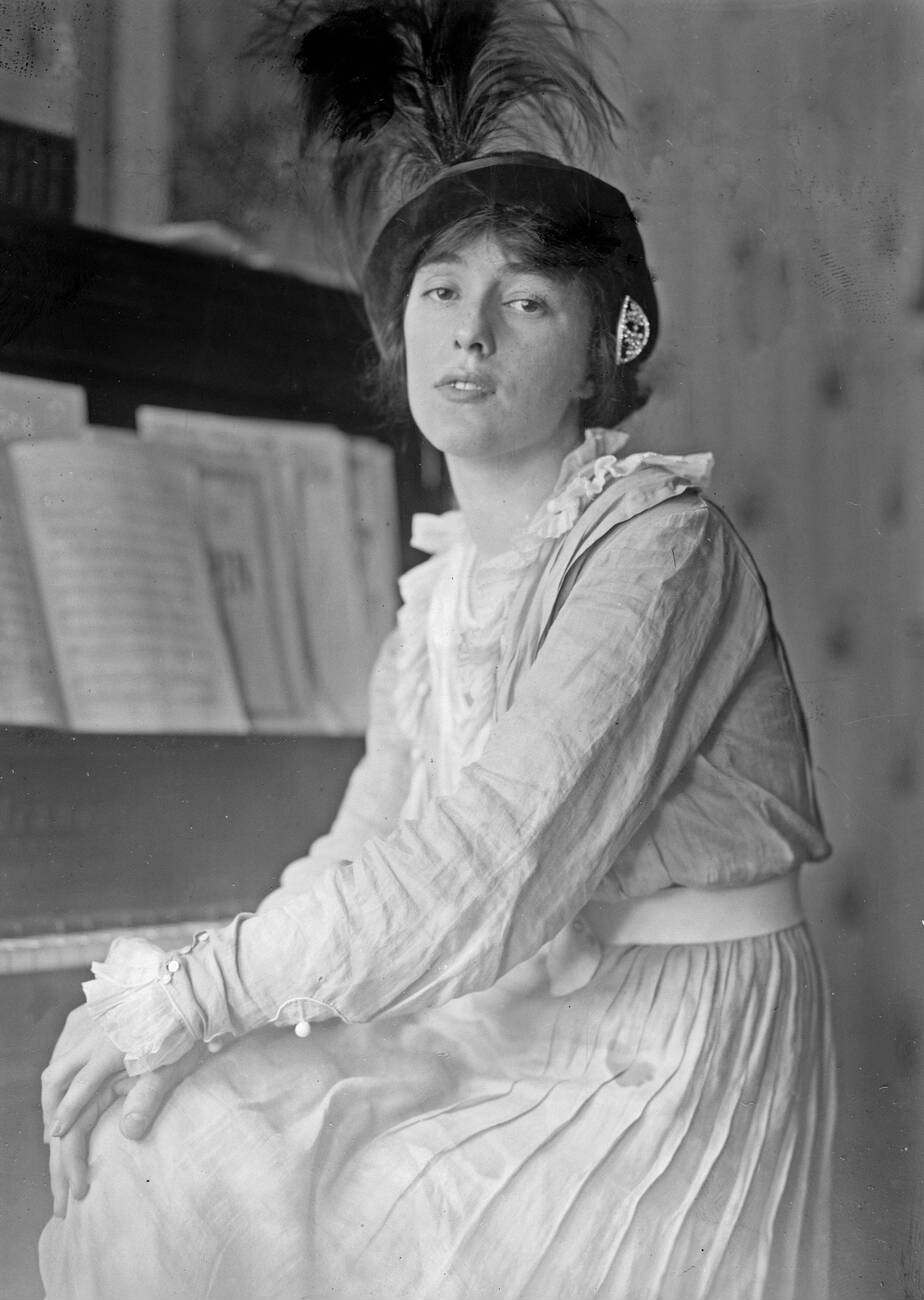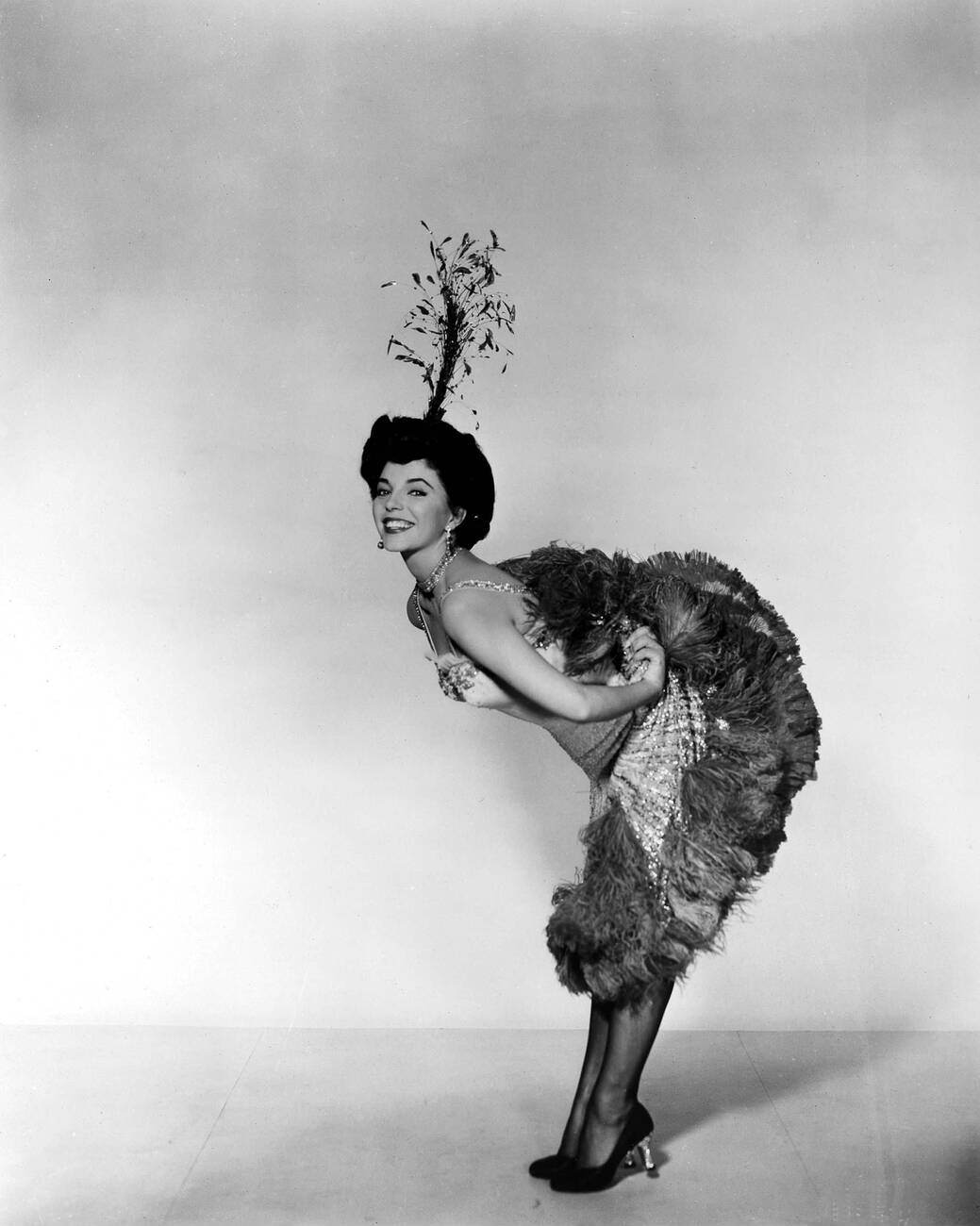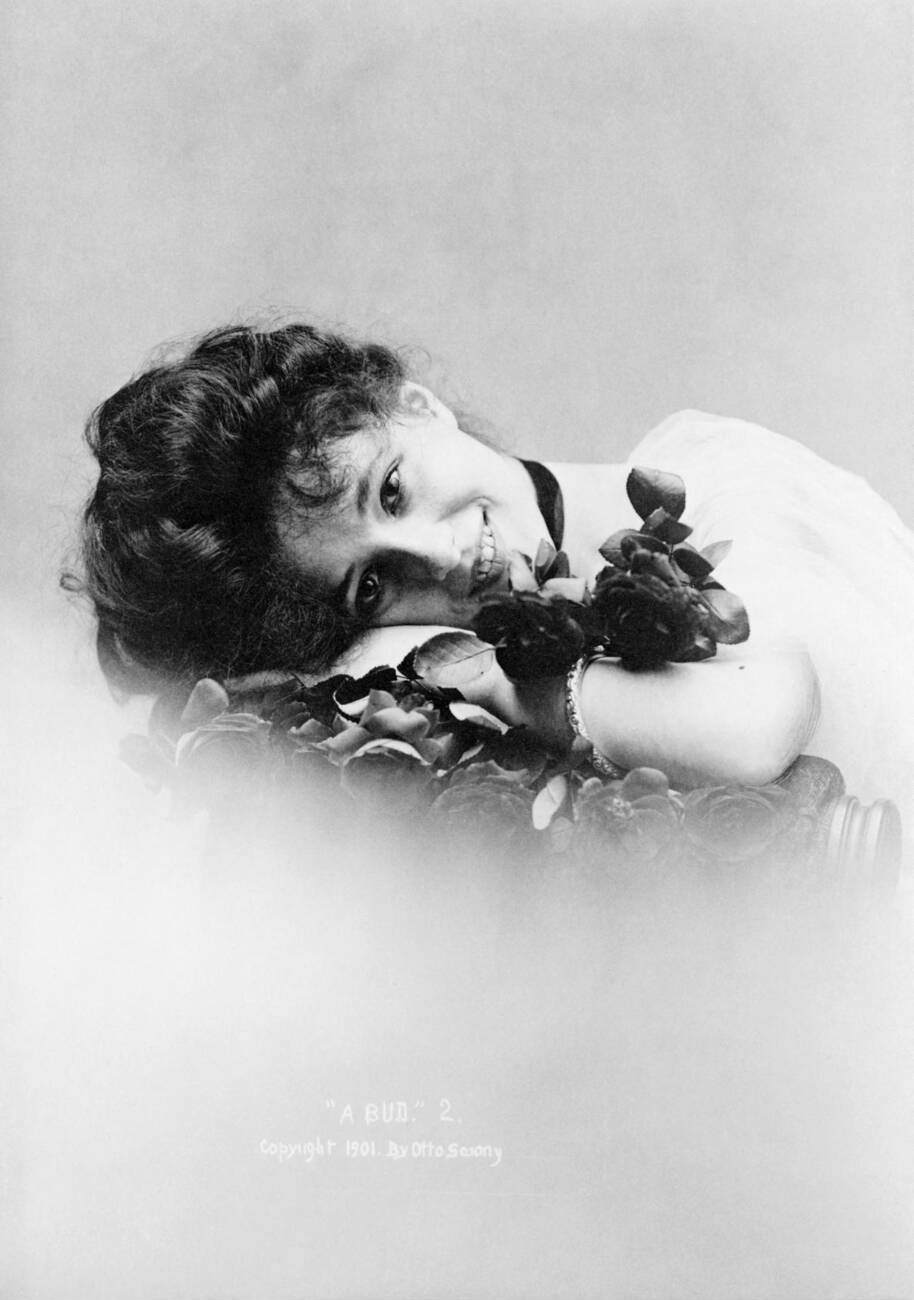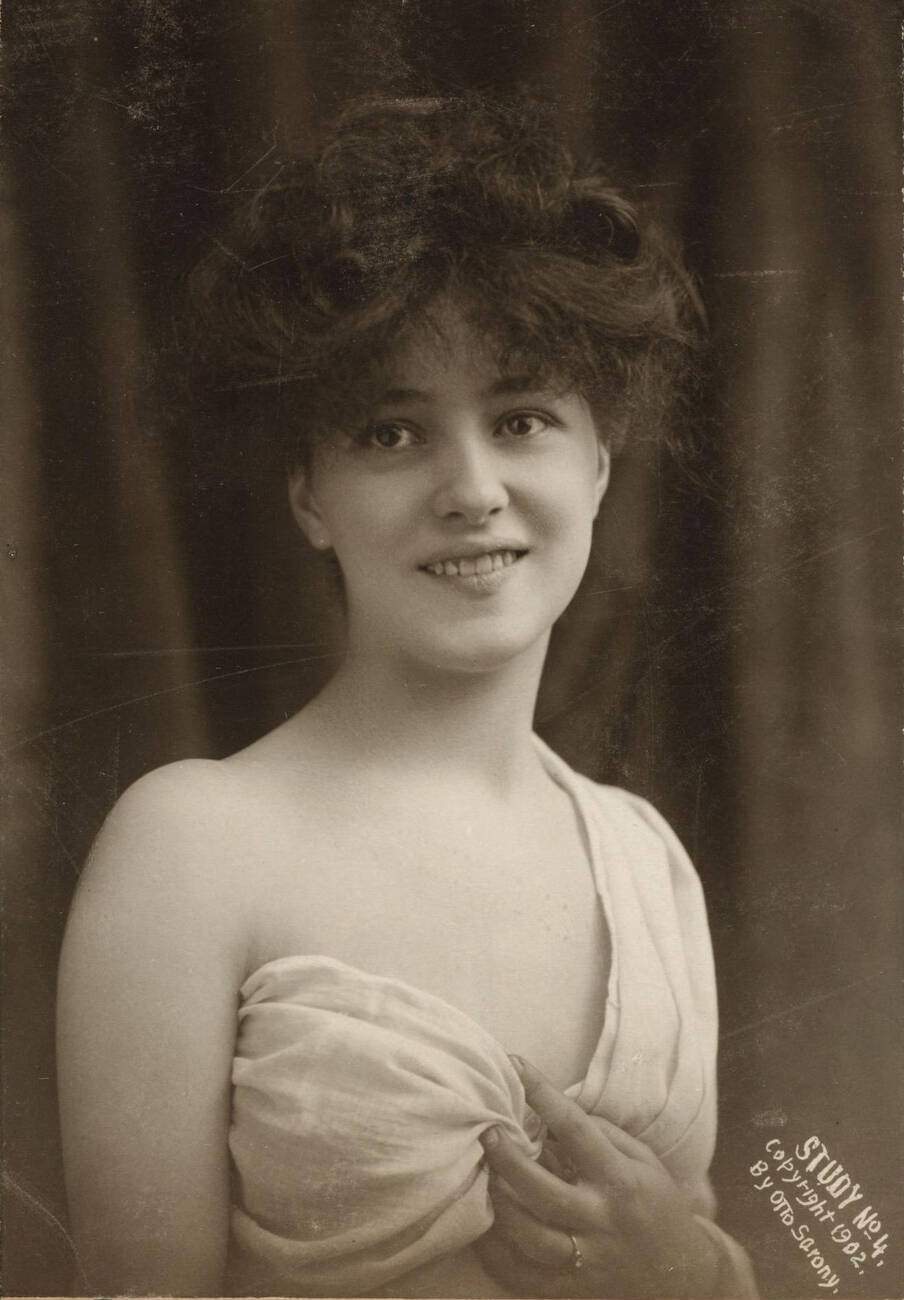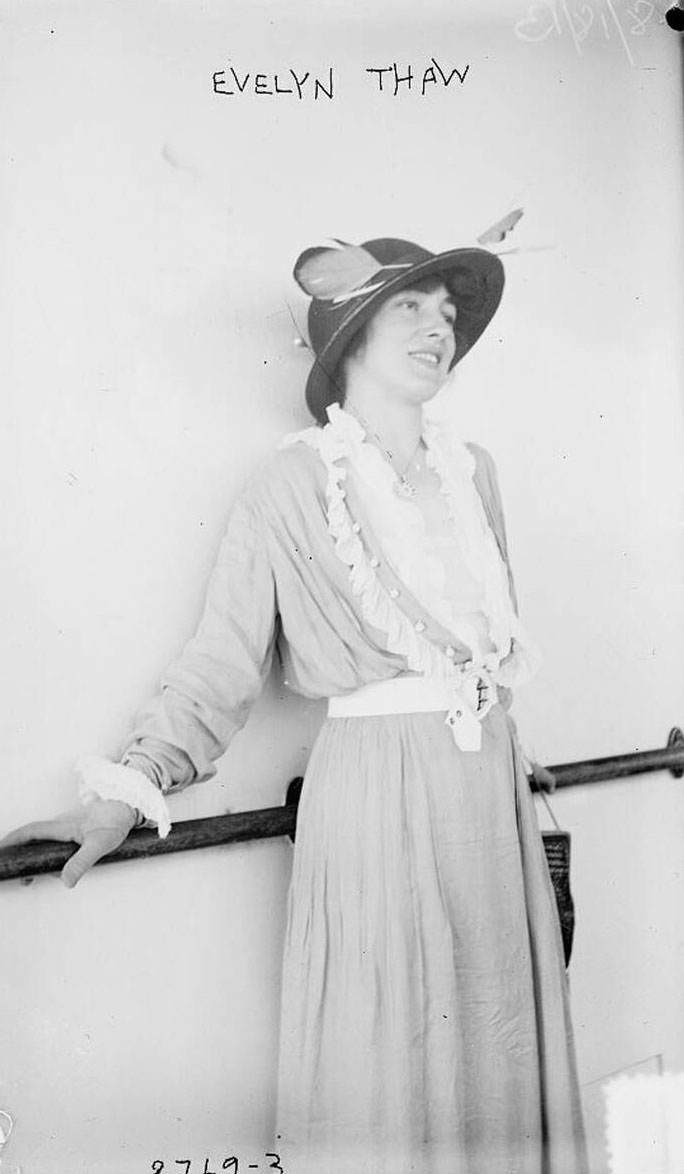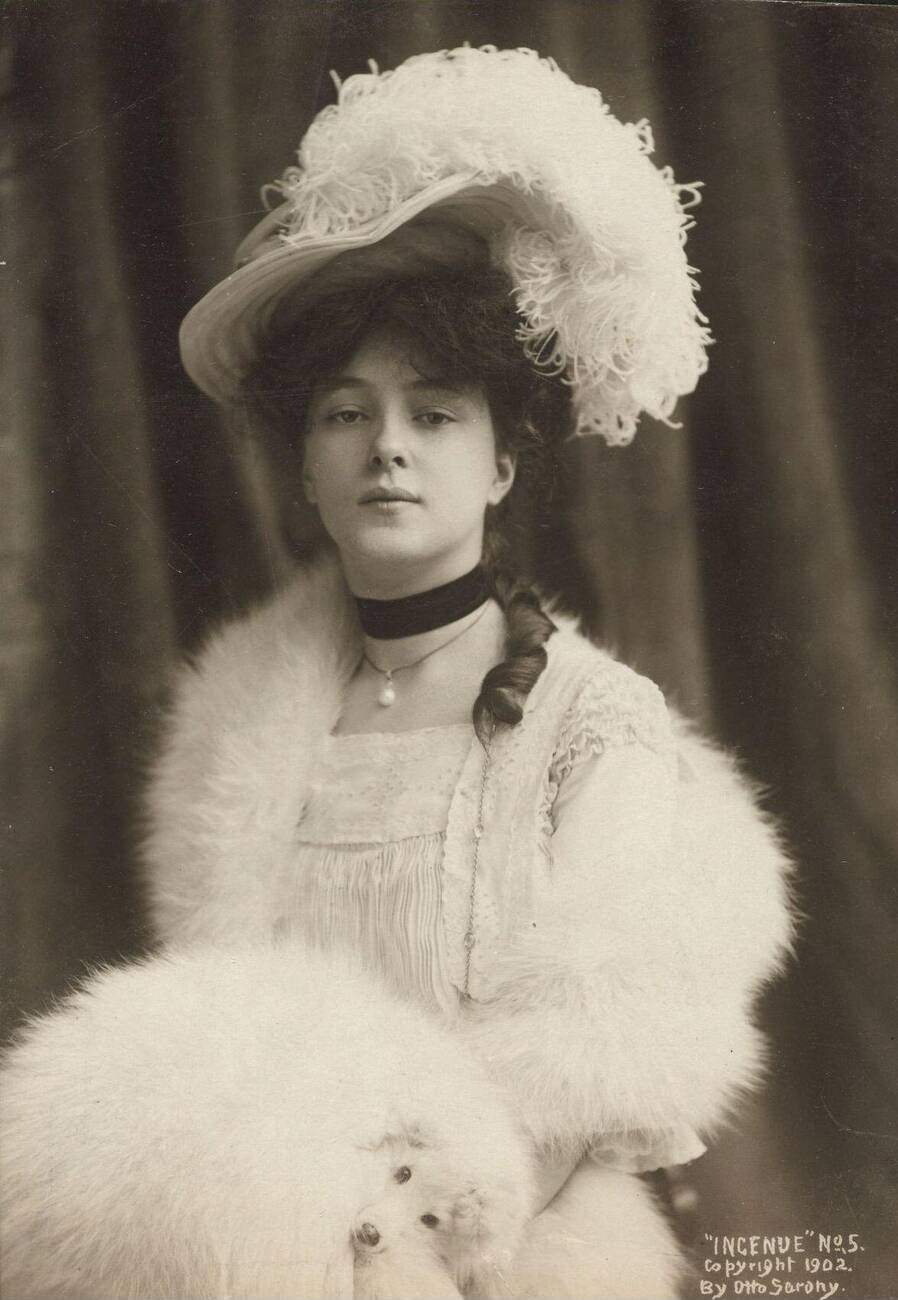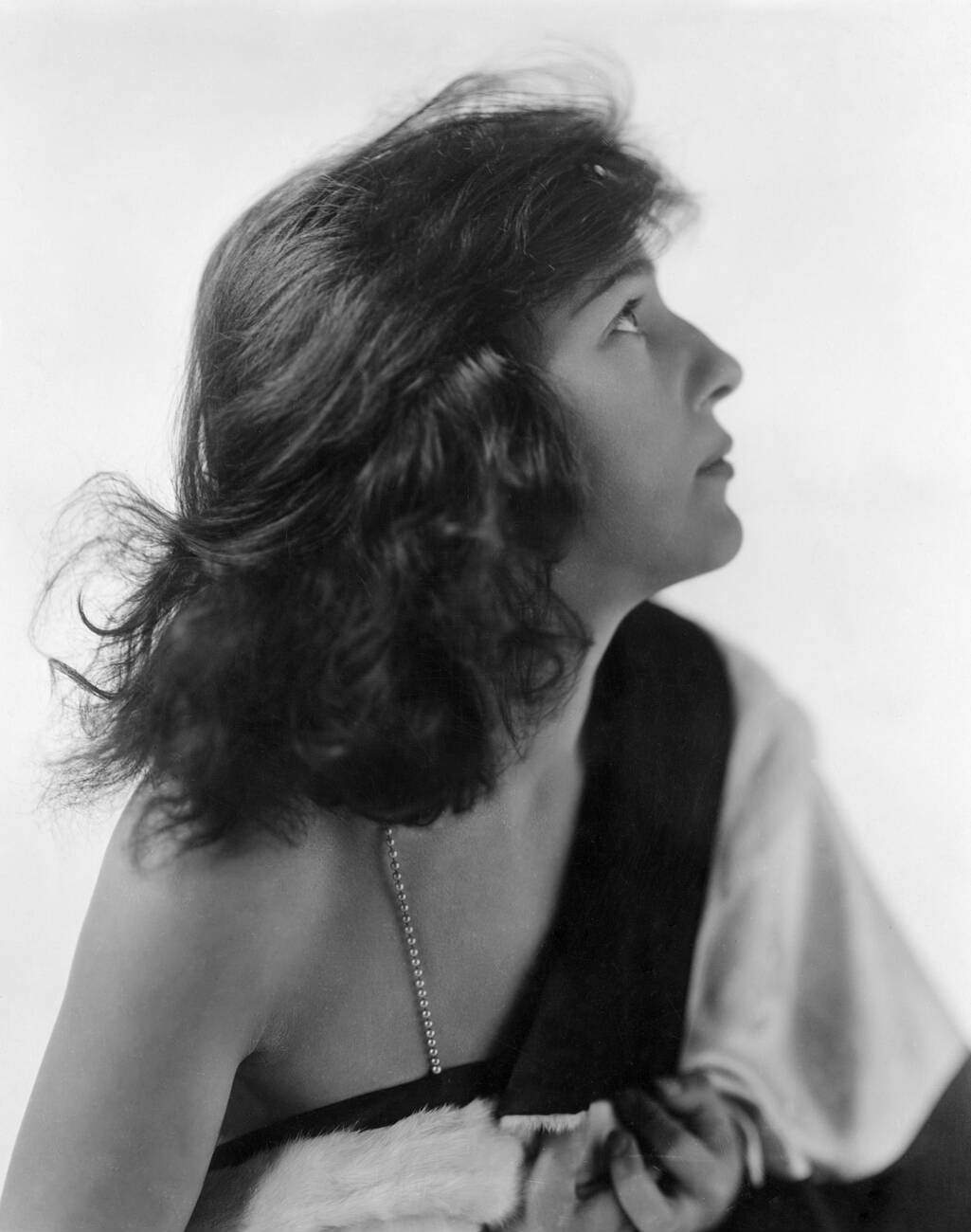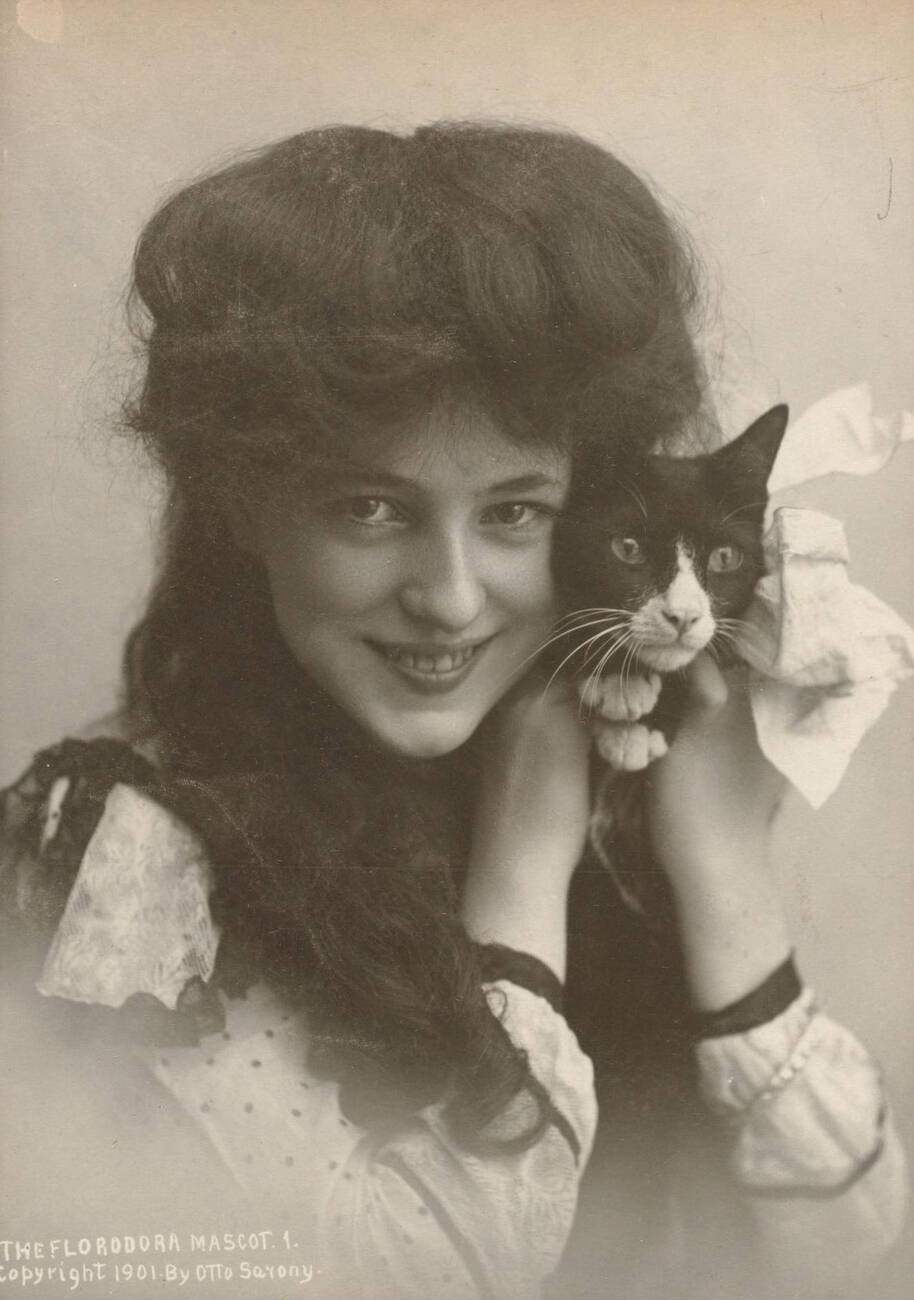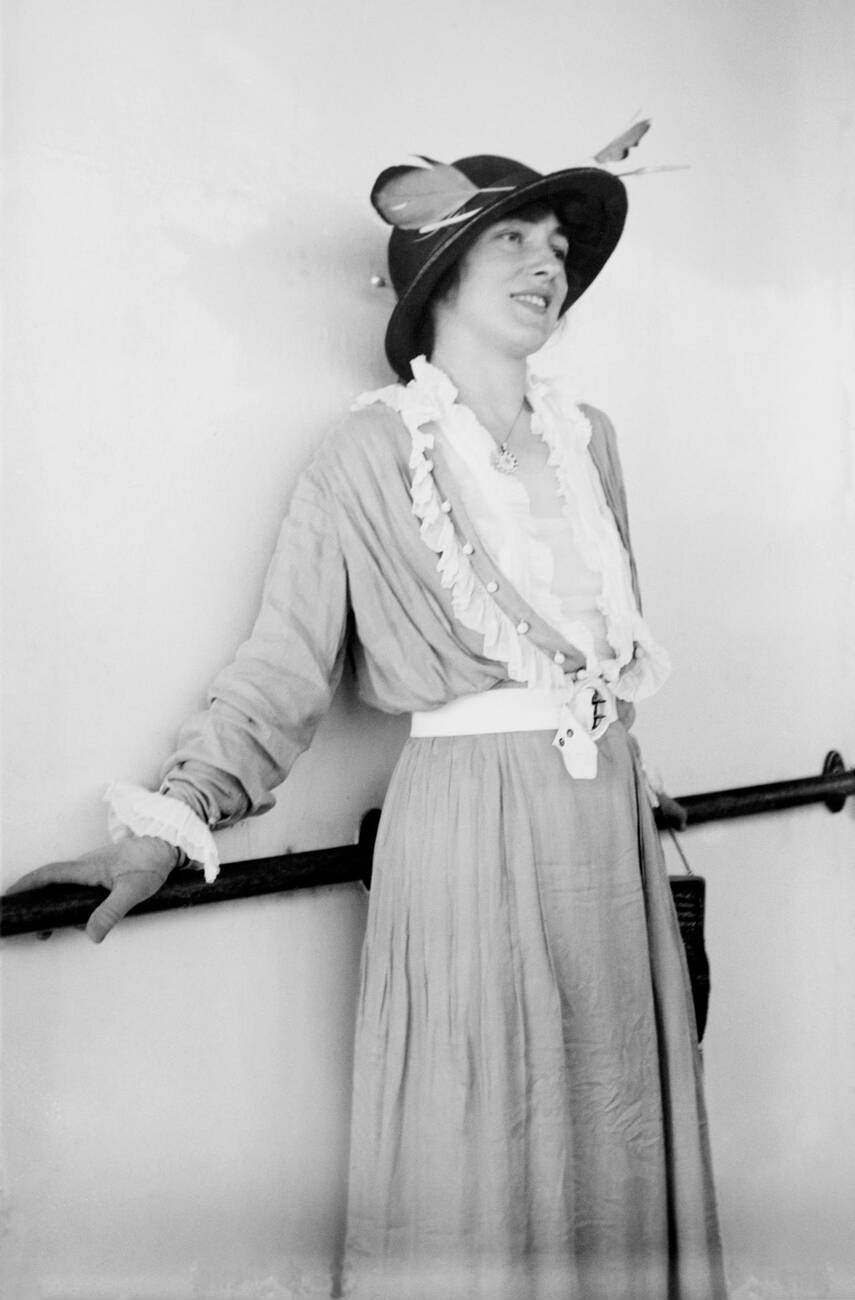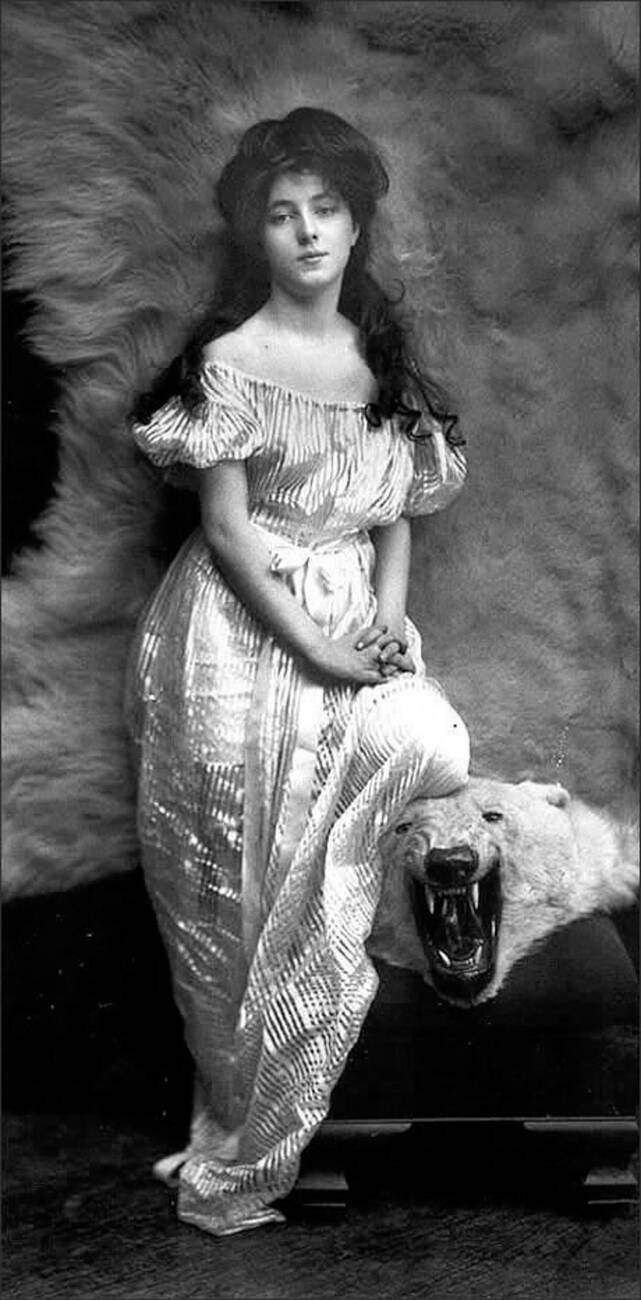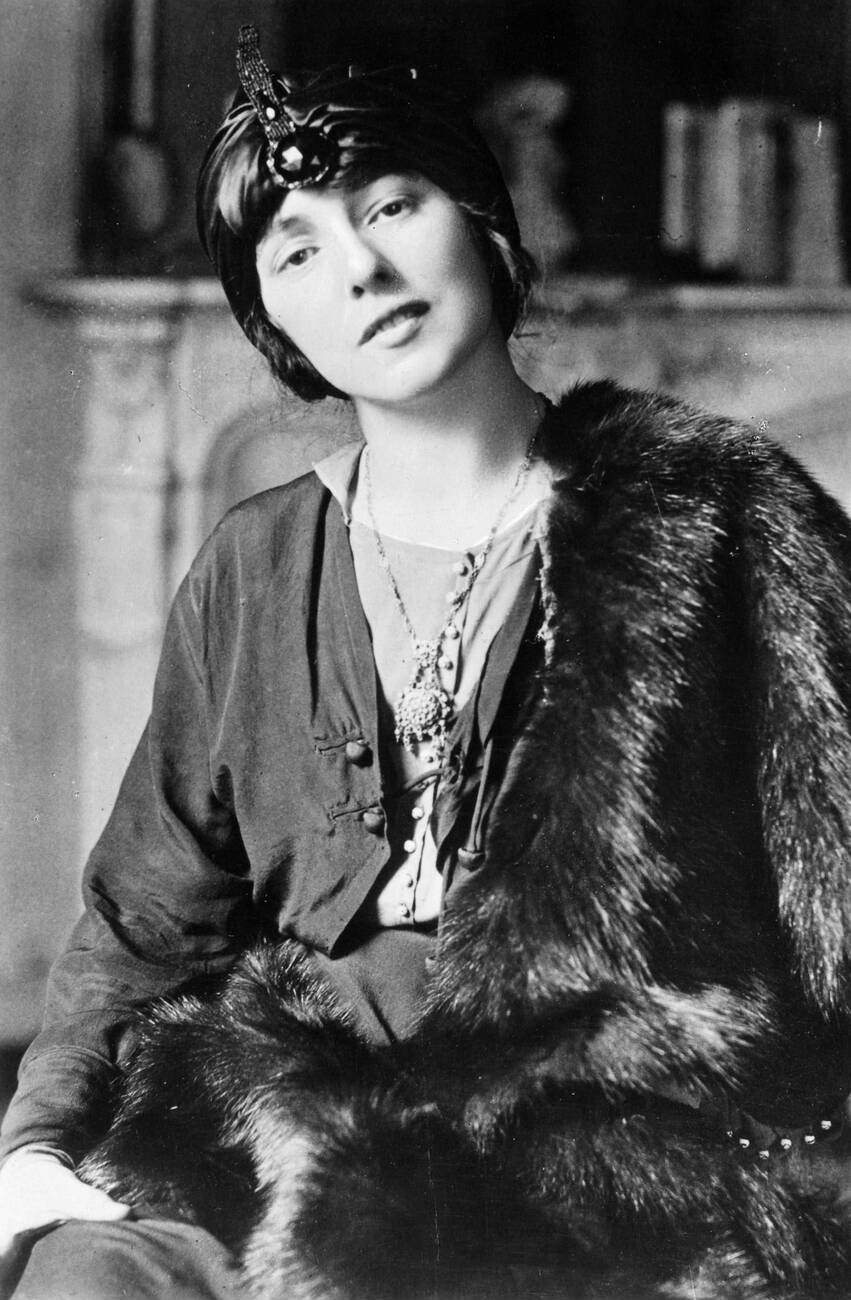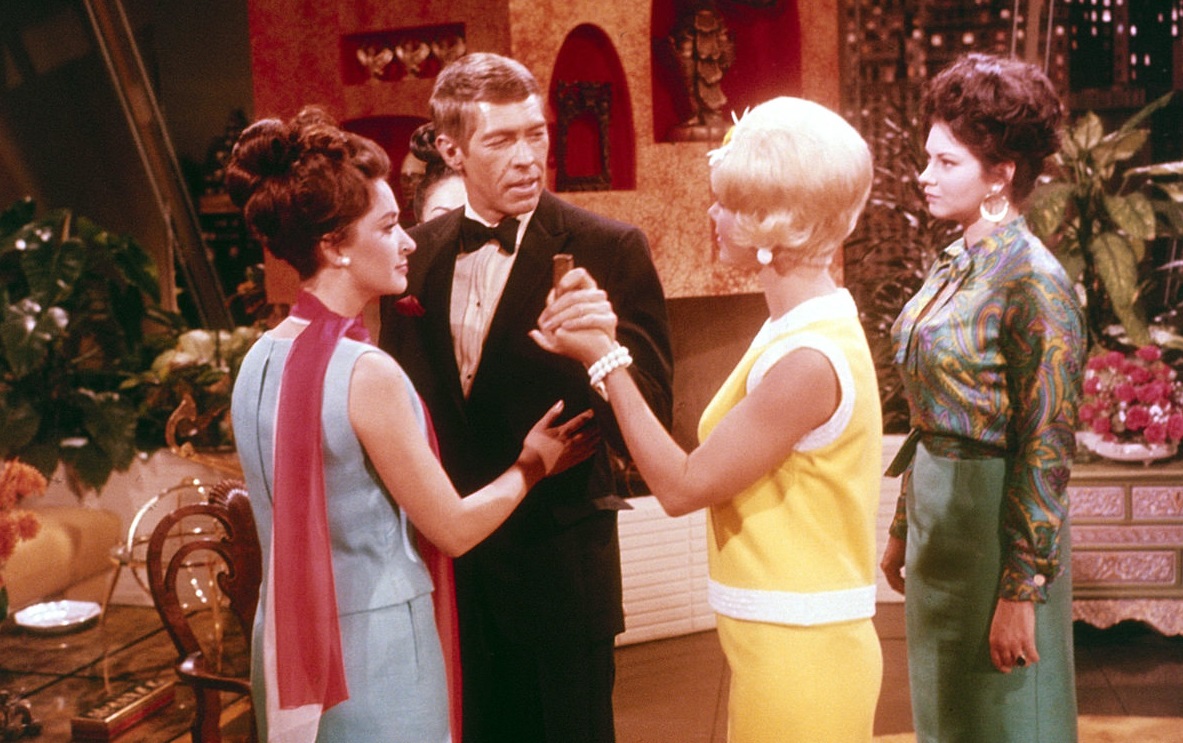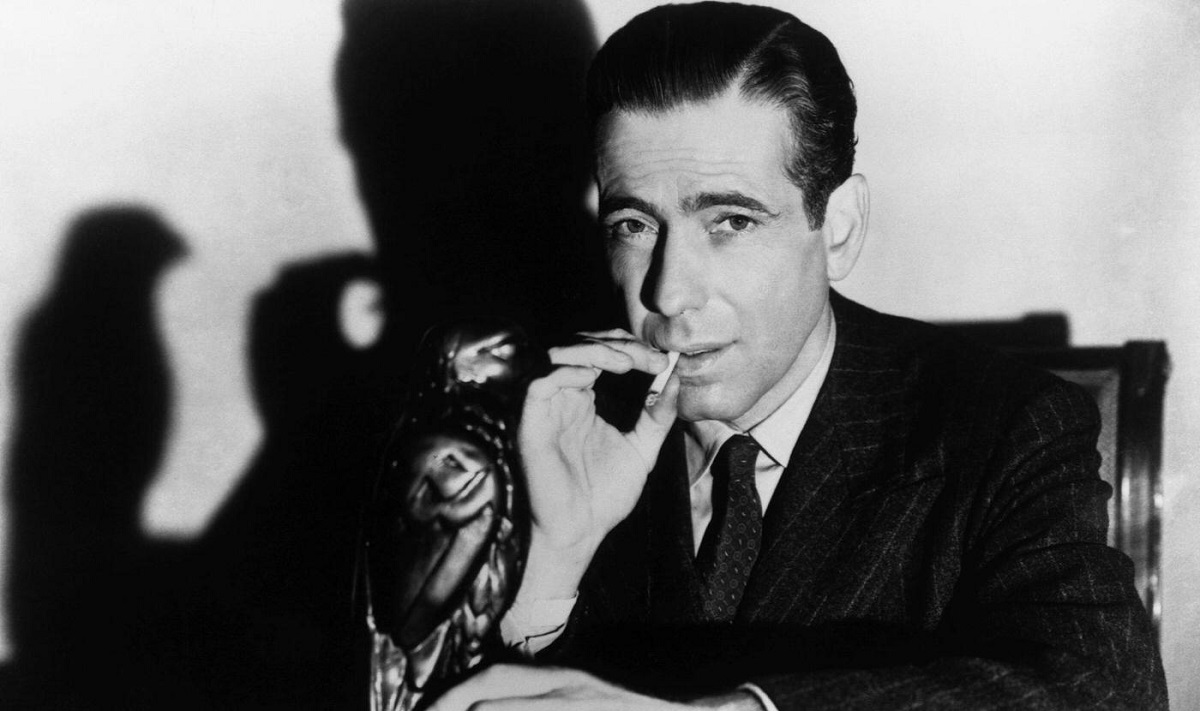Born Florence Evelyn Nesbit on December 25, 1884, in Tarentum, Pennsylvania, she was the daughter of Winfield Scott Nesbit and Evelyn Florence McKenzie. Following her father’s death in 1895, her mother struggled to provide for the family, and they eventually relocated to Philadelphia. It was here that Evelyn’s beauty and talent for modeling were first discovered.
Evelyn Nesbit’s Rise to Stardom
At the age of 14, Evelyn began her career as an artist’s model, working with prominent illustrators and photographers of the time. She quickly gained popularity due to her ethereal beauty and striking presence, leading her to the theatre world. In 1901, she made her stage debut in the chorus of the Broadway musical “Florodora.”
Evelyn’s allure and talent caught the attention of renowned architect Stanford White, who would become an influential figure in her life. With his support, her career soared as she appeared in numerous theatrical productions, advertisements, and magazine covers. Evelyn Nesbit became the ultimate “Gibson Girl,” the epitome of feminine beauty and grace during the early 20th century.
The Girl on the Red Velvet Swing
One of the most infamous chapters of Evelyn’s life was her relationship with Stanford White. The older, married man became enamored with the young beauty, and they began a secret affair. White’s possessiveness and controlling nature were evident in his lavish gifts, including the notorious red velvet swing installed in his Manhattan apartment. This extravagant item would later symbolize their illicit affair and a focal point of the ensuing scandal.
The Trial of the Century
Evelyn’s life turned dark when she married millionaire playboy Harry K. Thaw in 1905. Thaw was a troubled man with a history of mental instability and violent outbursts. Obsessed with Evelyn’s previous relationship with Stanford White, Thaw’s jealousy reached a boiling point on June 25, 1906. During a performance at Madison Square Garden’s rooftop theater, Thaw shot and killed White in front of a shocked audience.
The ensuing trial was dubbed “The Trial of the Century,” The nation was captivated by the sordid details of Evelyn’s life and relationships. The case ended in a hung jury, but a second trial found Thaw not guilty because of insanity. He was committed to a mental institution, while Evelyn was left to pick up the pieces of her shattered life.
Life After the Trial
Following the trial, Evelyn struggled to find footing in a society that had once adored her. She attempted to revive her acting career but found it difficult to escape the shadow of the scandal that followed her. In 1915, she divorced Thaw, and they engaged in a bitter custody battle over their son, Russell.
Determined to rebuild her life, Evelyn ventured into various business endeavors, including running a tea room and a brief stint as a silent film actress. However, these ventures were short-lived, and she ultimately faded.
In her later years, Evelyn faced financial hardship and battled addiction. Despite these struggles, she found solace in her artistic pursuits, turning to painting and sculpting as self-expression. She lived a quiet life, far removed from the glamour and tumult of her past.
Evelyn Nesbit’s life remains a captivating tale of beauty, tragedy, and scandal. Her influence can still be seen in today’s popular culture, with her story inspiring books, films, and even a Broadway musical titled “Ragtime.” As one of the first supermodels and a symbol of the Gilded Age, her legacy is a reminder of a bygone era.



